
English Language Arts

Acceptance and the Merchant of Venice
In these videos from Shakespeare Uncovered, explore what it means to be an outsider and the impact of persecution. (Grades: 6-12)

Elements of Poetry
In this interactive lesson, discover how literary techniques like figurative language, imagery, and symbolism contribute to the overall meaning of a poem. (Grades: 6-12)
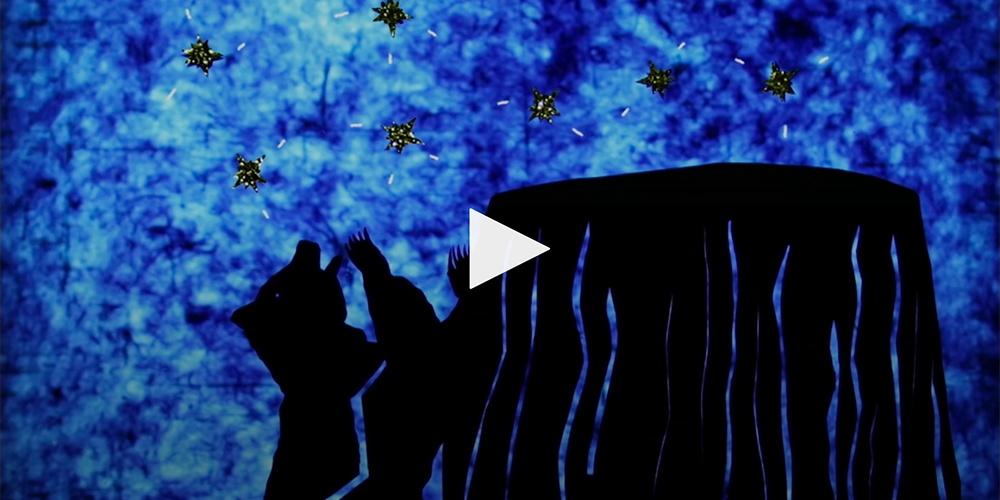
Native American Mythology
The film Words from a Bear: N. Scott Momaday delves into the psyche behind the award-winning author and visually captures the essence of Momaday’s writings. (Grades: 6-12)

Exploring Music, Props, and Race | Great Performances
Professor Ayanna Thompson and Director Kenny Leon discuss the culturally specific choices made for an all-black performance of Much Ado About Nothing. (Grades: 9-12)
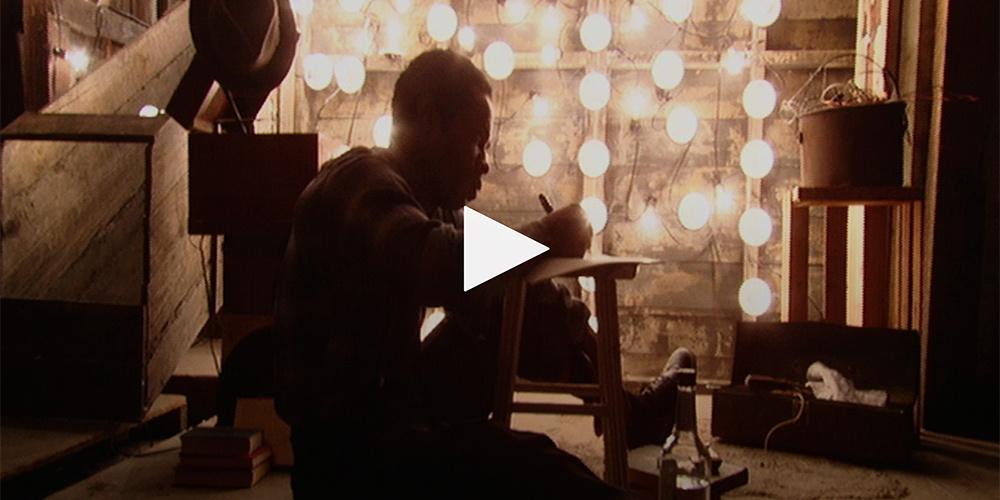
Invisible Man: The Hero's Journey
This video from the American Masters, Ralph Ellison provides a plot summary of Invisible Man focusing on the protagonist’s journey from innocence to maturity. (Grades: 9-12)
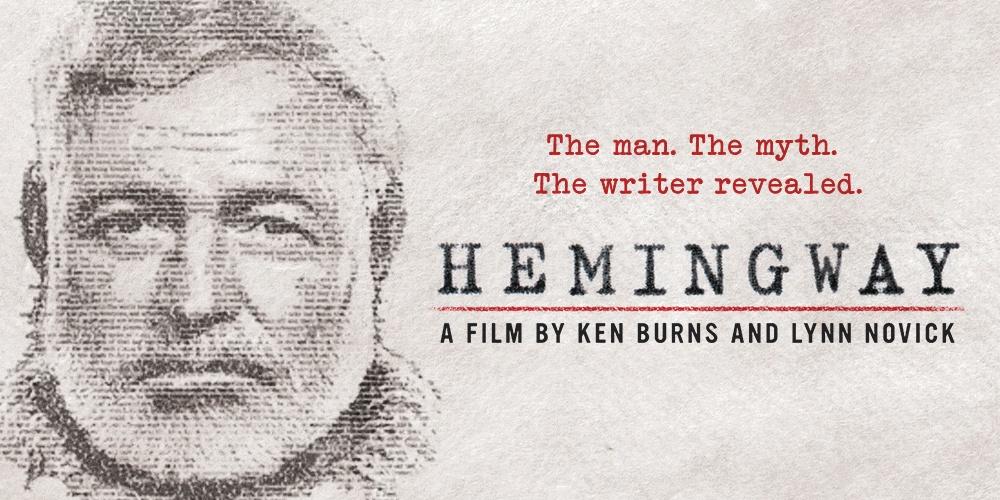
Hemingway — Ken Burns in the Classroom
Weaving together Ernest Hemingway’s biography with excerpts from his fiction, non-fiction, and personal correspondence, documentary examines the visionary work and turbulent life of one of the most influential American writers. (Grades 7-13+)
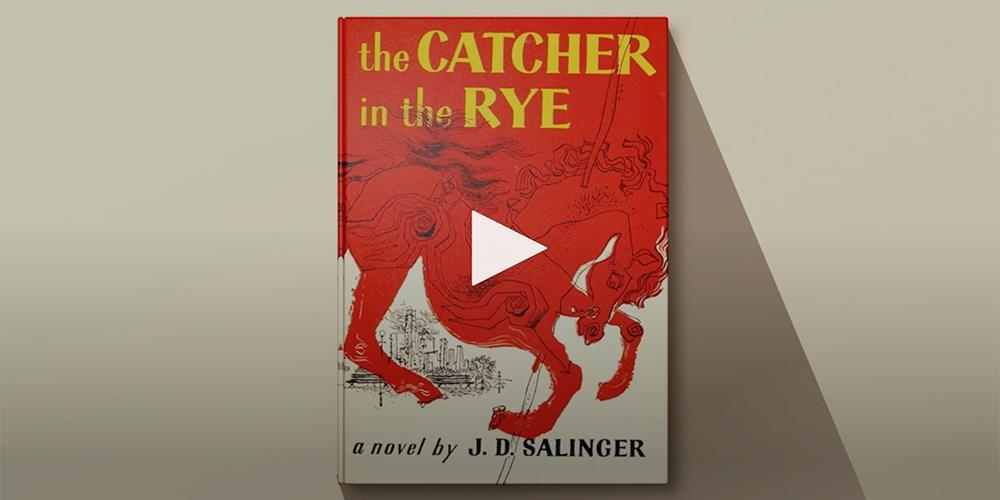
The Catcher in the Rye and First Person Narrative
J.D. Salinger’s novel gave a voice to the rise of discontent in American popular culture. it shed light on the power of first-person narratives. (Grades: 6-12)
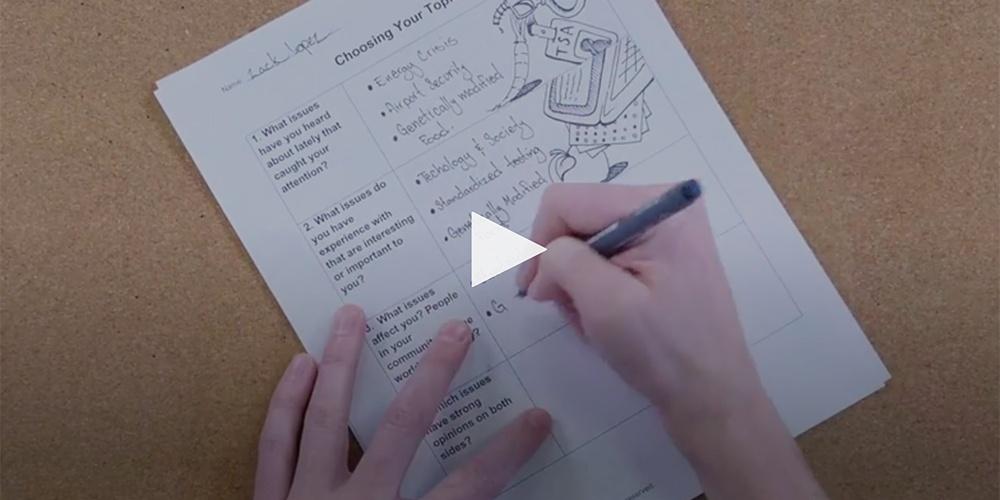
How to Write an Argumentative Essay
Building an argument takes planning, skill, and a good topic. This video demonstrates the steps in building an exemplar essay. (Grades: 6-12)

Supernatural Elements of Macbeth
In this self-paced lesson, students explore how Shakespeare uses supernatural elements in Macbeth. (Grades: 9-12)
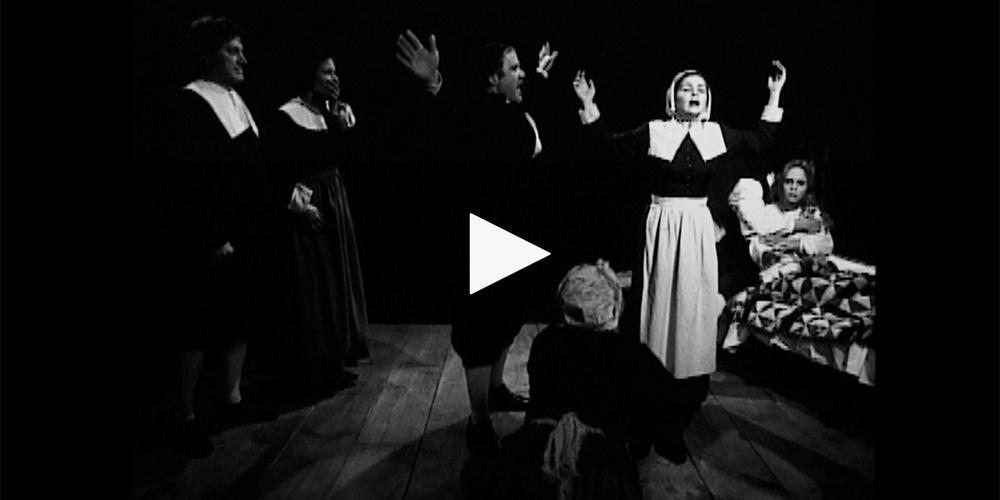
The Crucible - Inspiration and Reception
This media gallery explores the inspiration for and reception of The Crucible during the Hollywood Blacklist with videos from the American Masters. (Grades: 9-12)

The Operatic Moods of Lady MacBeth
This excerpt from Verdi’s Macbeth presents the character of Lady Macbeth as she manipulates her husband and reflects to herself when she is alone with her thoughts. (Grades: 6-12)
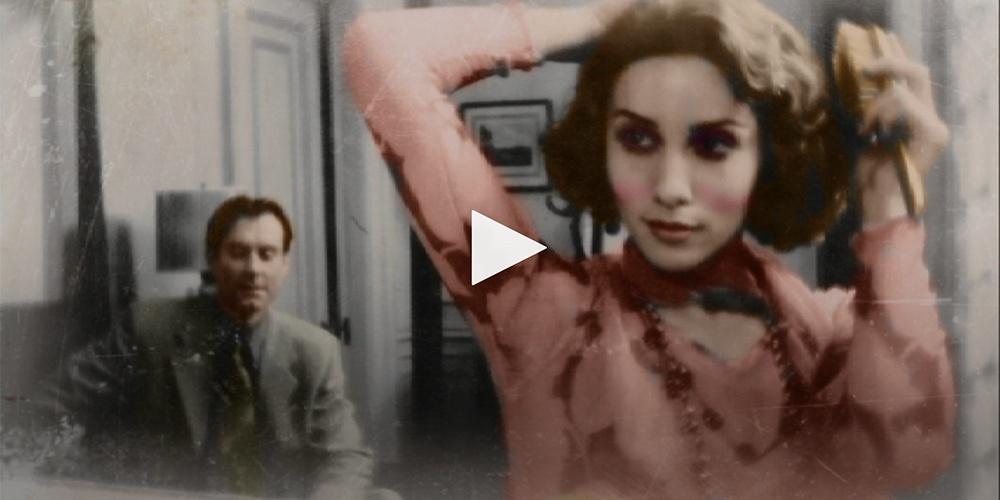
American Masters - Gatsby Chases the American Dream
Learn about F. Scott Fitzgerald and his notorious fictional character Jay Gatsby. Both were in the pursuit of the American dream and love. (Grades: 9-12)

Video Production - Behind the Scenes with the Pros
KET producer, writer, and host Renee Shaw discusses the importance of good writing skills in production. (Grades: 4-12)
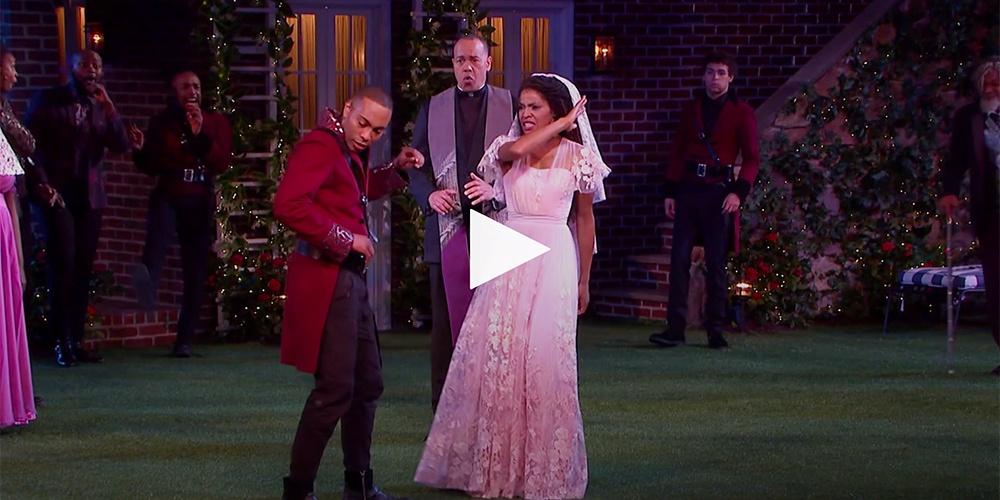
Woman and Gender Roles
This resource focuses on the portrayal of women and gender in Great Performances: Much Ado About Nothing. (Grades: 7-12)
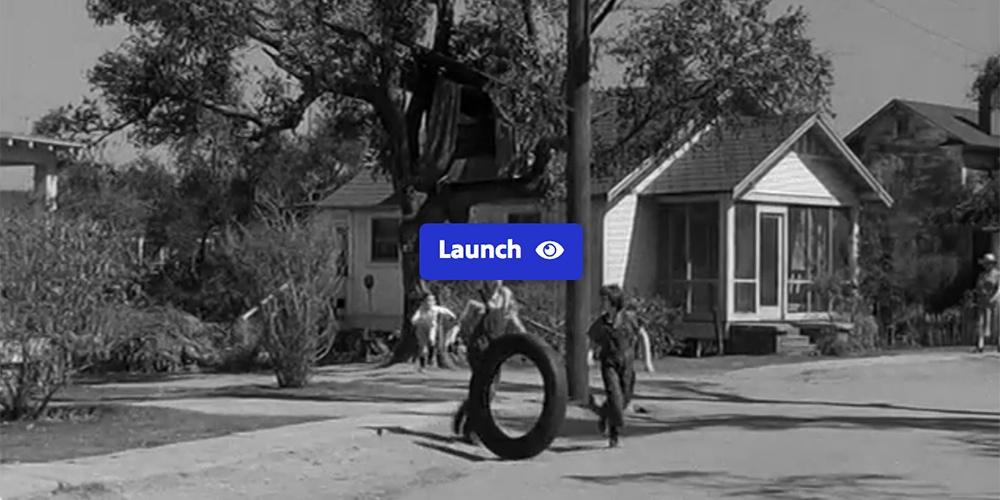
Setting in To Kill a Mockingbird
In this interactive lesson, students explore the importance of setting in literature and apply their learning to the novel To Kill a Mockingbird by Harper Lee. (Grades: 7-12)

Maya Angelou: And Still I Rise "Caged Bird"
Through discussion questions and a short activity, students analyze the poem by doing a close read of the text and examine the literary techniques used. (Grades: 7-12)
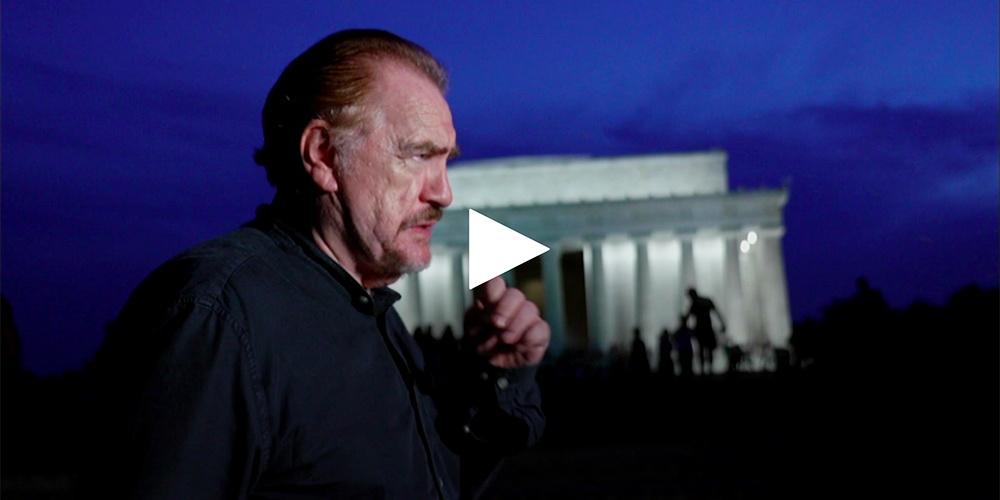
Julius Caeser and the American Experience
Learn about the long-held American fascination with Julius Caesar in two videos from Shakespeare Uncovered. (Grades: 8-12)
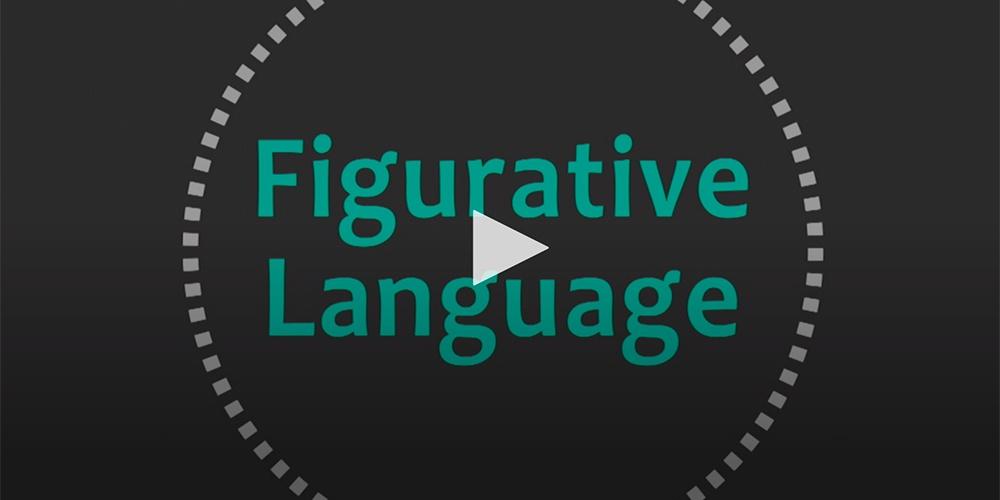
Literary Elements and Techniques | Figurative Language
Discover how authors use figurative language to enhance their writing and explore the differences between similes and metaphors in this animated video. (Grades: 5-12)
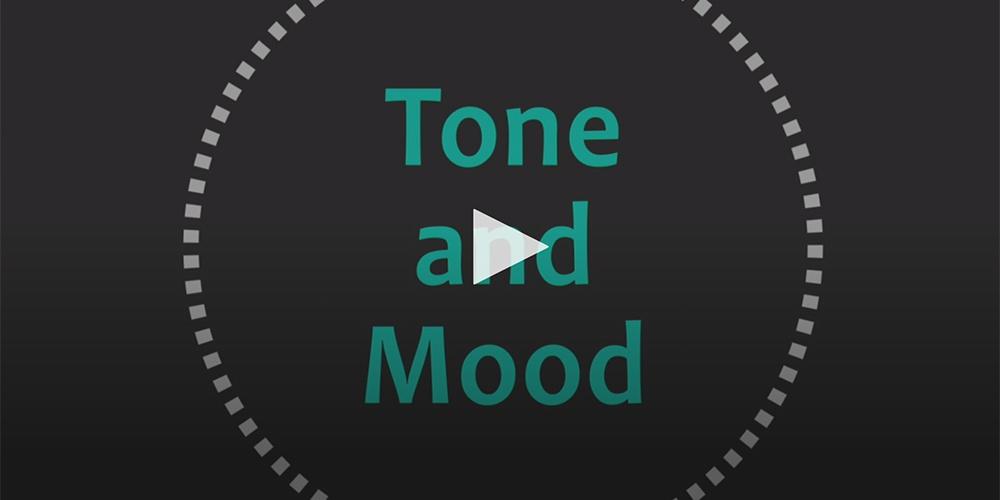
Literary Elements and Techniques | Tone and Mood
Explore the difference between tone and mood through definitions and examples from poetry and prose. (Grades: 5-12)
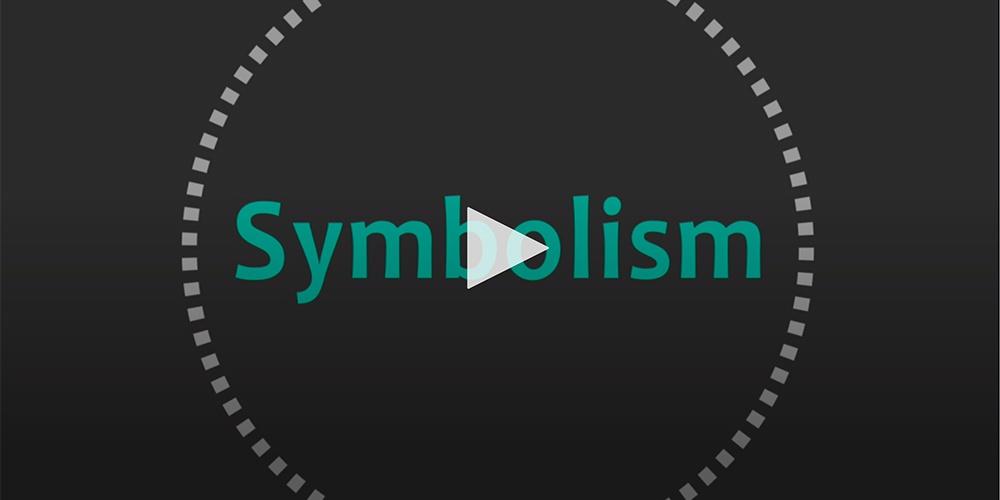
Literary Elements and Techniques | Symbolism
Explore how authors use symbolism to add a deeper level of meaning to their work in this short animated video. (Grades: 5-12)
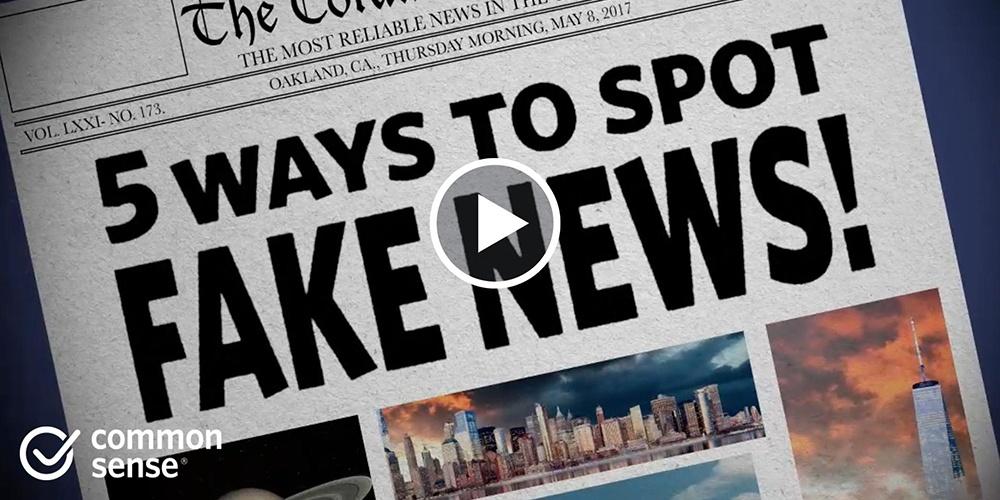
Identifying “Fake” News — Common Sense Education
What is “fake” news? How do we know it’s false? Use these resources to help students investigate the way information is presented so that they can analyze what they read and see on the web. (Grades: 6-13+)
Mathematics
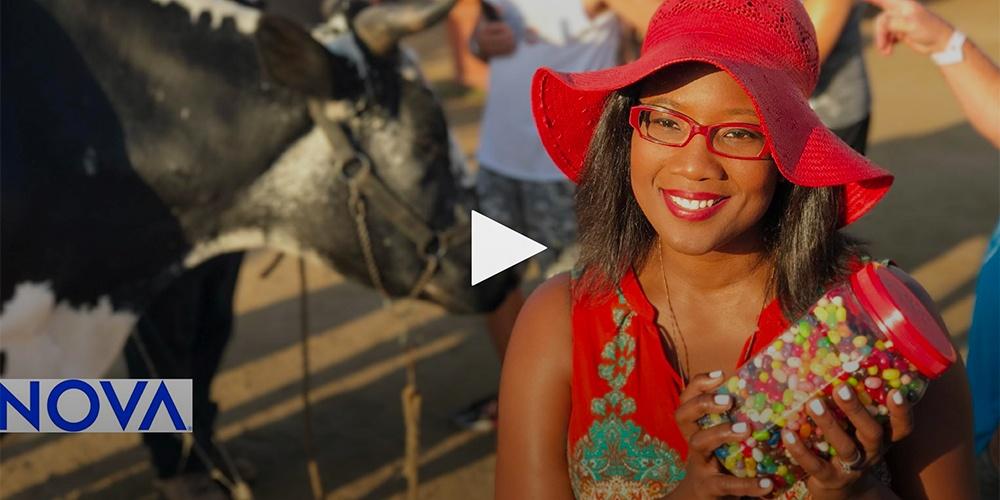
Understanding a Crowd's Predictive Ability
Examine a mathematical theory known as the “wisdom of crowds,” which holds that a crowd’s predictive ability is greater than that of an individual. (Grades: 9-12)
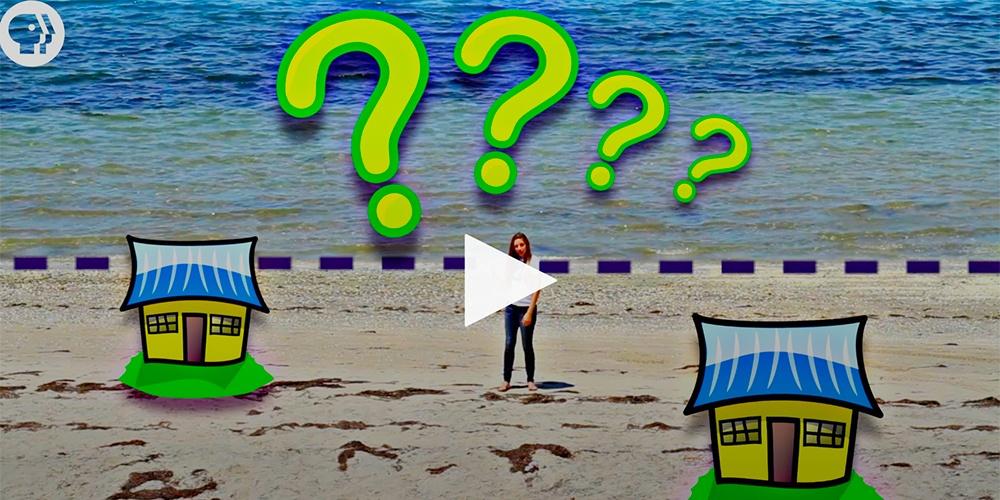
Can You Solve This Pier Puzzle?
This math brainteaser challenges you to find a simple, elegant solution to a seemingly complex problem! Can you figure it out? (Grades: 6-12)

Statistics: Using Sampling to Count Trees
In this activity, students will learn about estimating the number of trees in a large area based on a smaller area. (Grades: 10-12)

Graphing Fuzzy Logic
Learn about differences between fuzzy and binary logic systems with this activity adapted from Scientific American Frontiers. (Grades: 9-12)
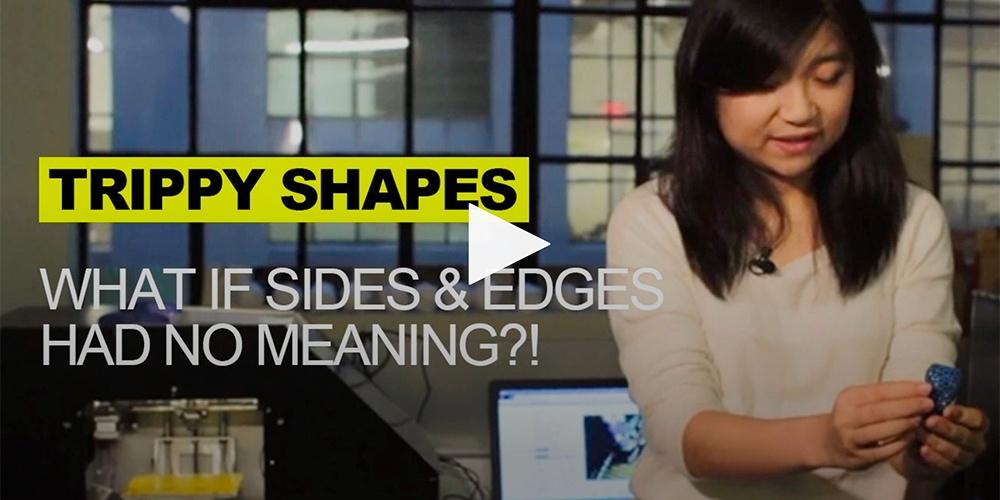
Strange Shapes - MIT's Science Out Loud
In school, you learn about shapes with sides and edges—but there are weird shapes out there (beyond our 3 dimensions) that defy our normal idea of geometry. (Grades: 8-12)

You Pour, I Choose: The Volume of Cylinders
This interactive exercise focuses on using what you know about cylinders to make a prediction about their volume and then requires calculating the actual volume. (Grades: 8-9)
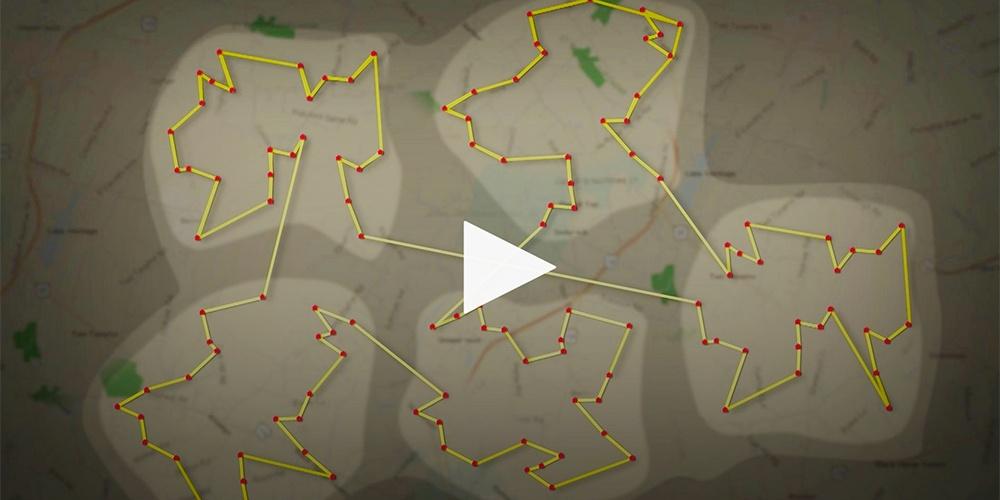
Making Stuff Faster: The Math behind Package Delivery — Nova
Learn how UPS, a global package delivery company, has developed an algorithm to schedule routes for its delivery trucks in this video from NOVA: Making Stuff Faster. (Grades: 6-12)
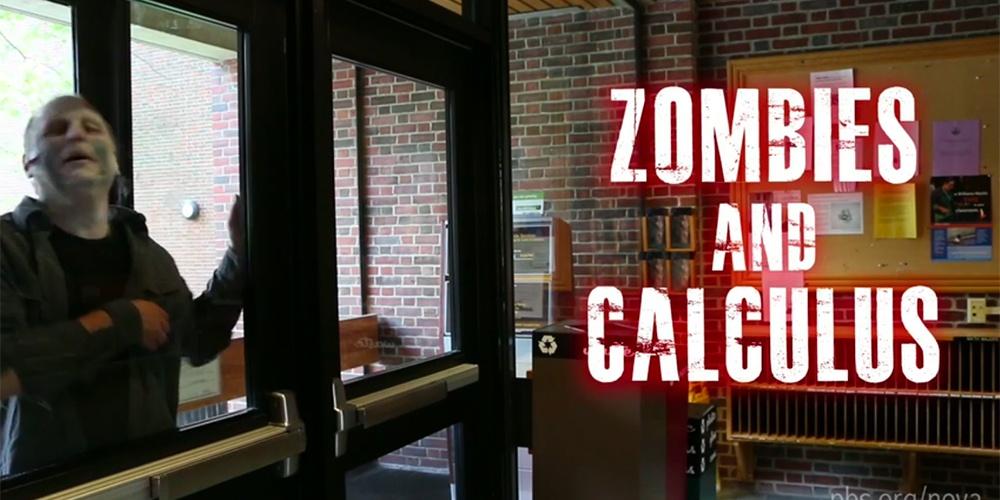
Zombies and Calculus, Part 1
Learn about the math behind predator-prey population cycles in this video from NOVA Digital. (Grades: 6-12)
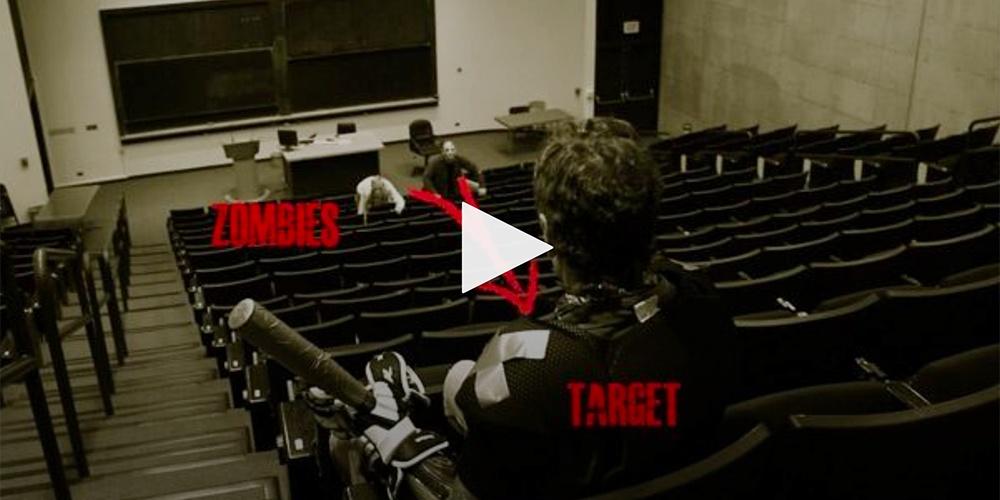
Zombies and Calculus, Part 2
In this hypothetical world, zombies always move straight toward humans. This means that the tangent vector of a zombie's path points at the intended target. (Grades: 6-12)

Reroofing Your Uncle's House
Predict the correct amount of roofing material needed to reroof a house while learning about the importance of proper planning. (Grades: 6-12)
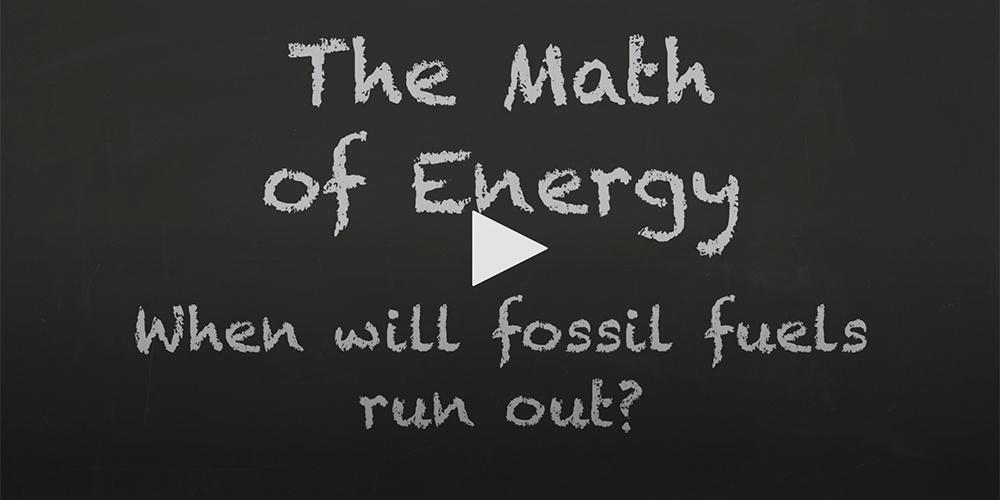
Math of Energy — Fossil Fuel Usage
To create projections for future global energy consumption, we can apply lines of best-fit to historical data. (Grades: 9-12)
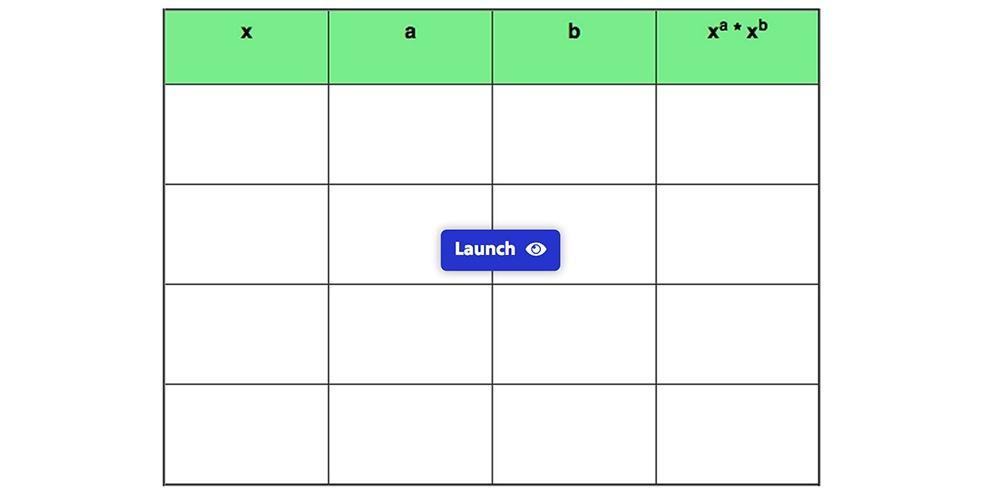
Equivalent Expressions Using Exponents
Apply your critical thinking skills to learn about multiplication and division of exponents. (Grades: 8-9)
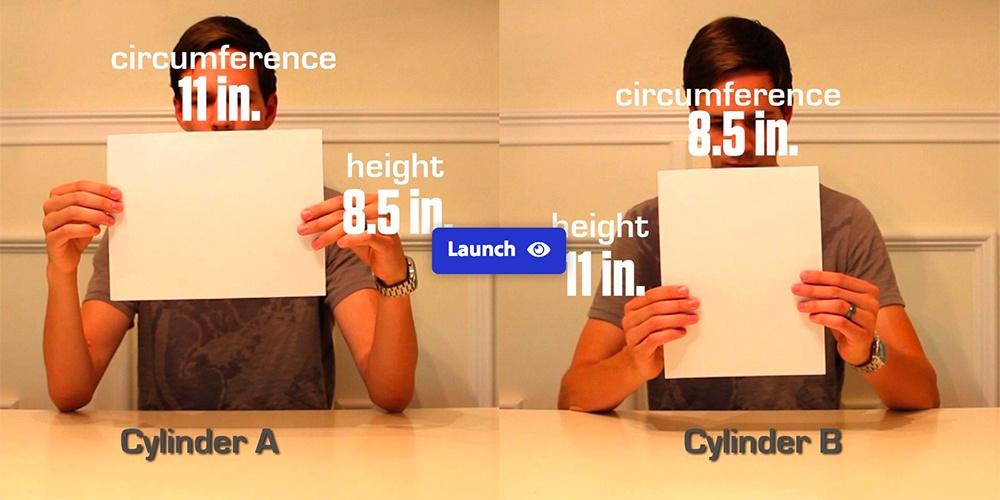
Popcorn Picker: Volumes of Solid Shapes
Experiment with the volume of two cylinders made from the same size paper. (Grades: 8-9)
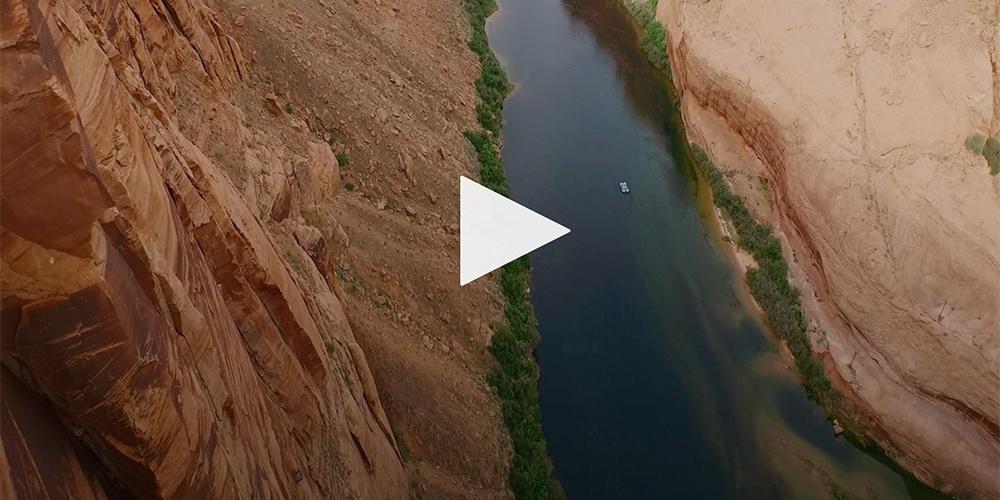
Climate Change Projections
The Colorado River streamflow is projected to decrease over the course of this century. The estimates range from about 5% to 15%. (Grades: 4-12)

Meatballs: Volumes of Spheres and Cylinders
Use your problem solving skills to find out if the pot will overflow when Dan adds meatballs to his pasta sauce. (Grades: 8-9)

Economic Impact of a Changing Middle Class
Students analyze economic data to better understand America’s middle class, its role in the economy, and its impact on economic growth. (Grades: 9-12)
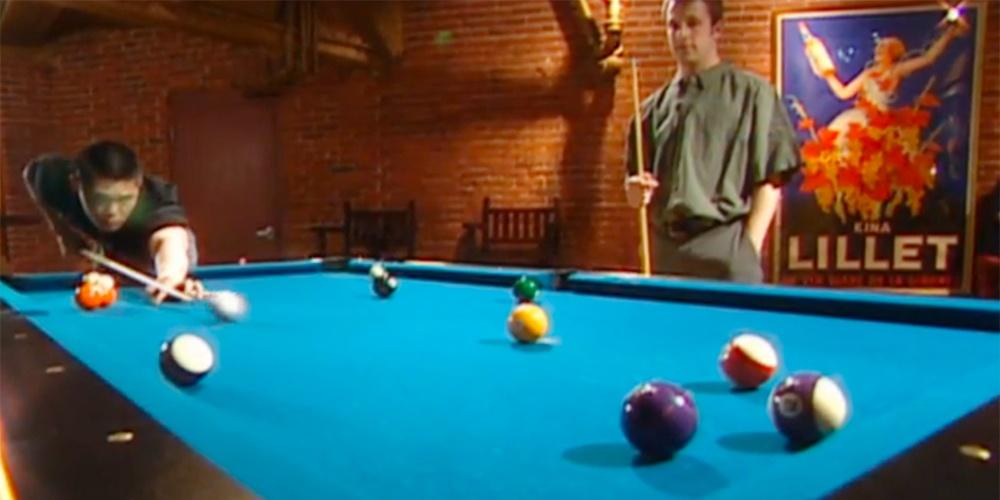
The Angle on Pool
Investigate how players think about angles in the game of pool. This video takes math out of the classroom and into the real world. (Grades: 8-12)
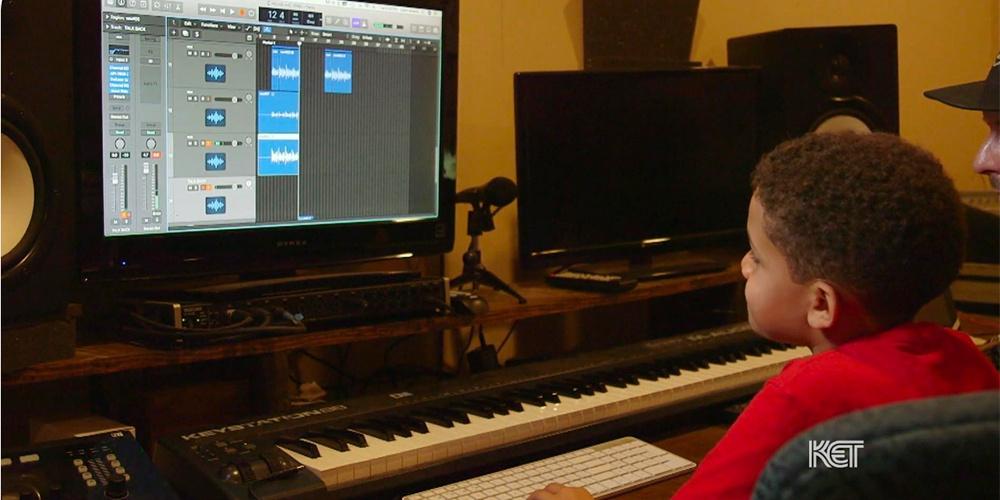
New Age Curriculum Songs | Media Arts Toolkit
The New Age Curriculum project uses the idea of songwriting and recording to help students understand math concepts. (Grades: K-13+)

Like Items
After their carts collide in a hardware store, two teachers discover that they both bought the same items in different quantities. (Grades: 9-12)
Science

Cloud Typing Interactive
Try your hand at classifying clouds in this interactive from the NOVA Cloud Lab. This interactive challenges you to look closely and classify each cloud type. (Grades: 6-12)
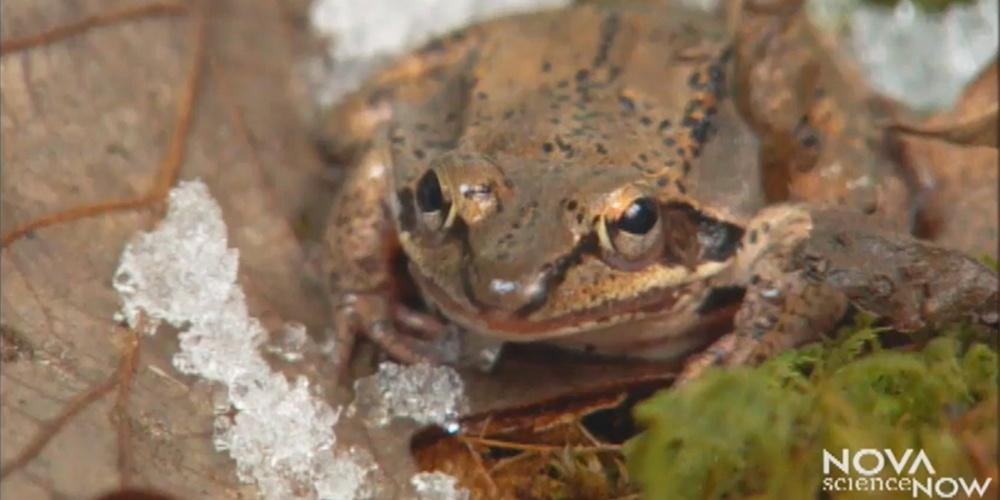
Frozen Frogs — Nova
Learn how the common wood frog survives the cold winter. Wood frogs are found in the northern United States and Canada and must endure freezing cold temperatures. (Grades: 6-12)
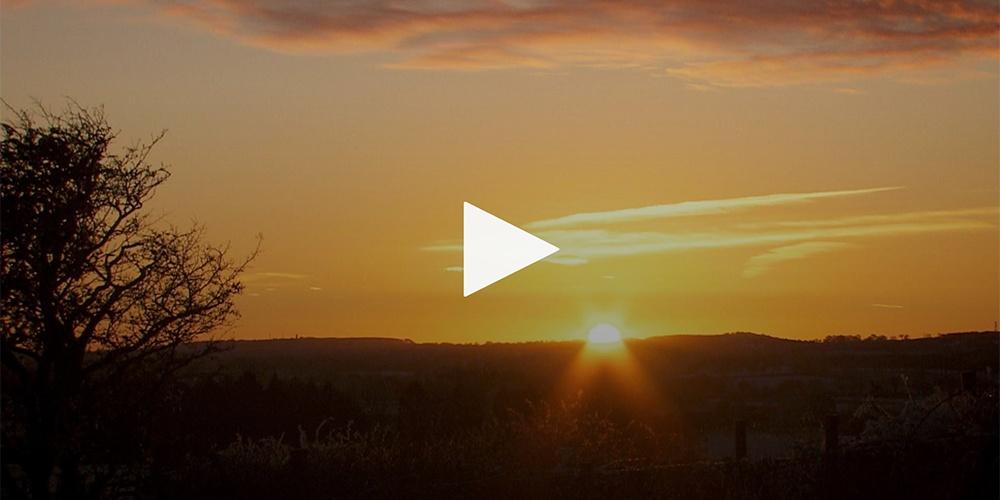
The Anatomy of the Sun | NOVA Labs
In this video from NOVA’s Sun Lab, learn about the Sun’s composition and structure. (Grades: 6-12)
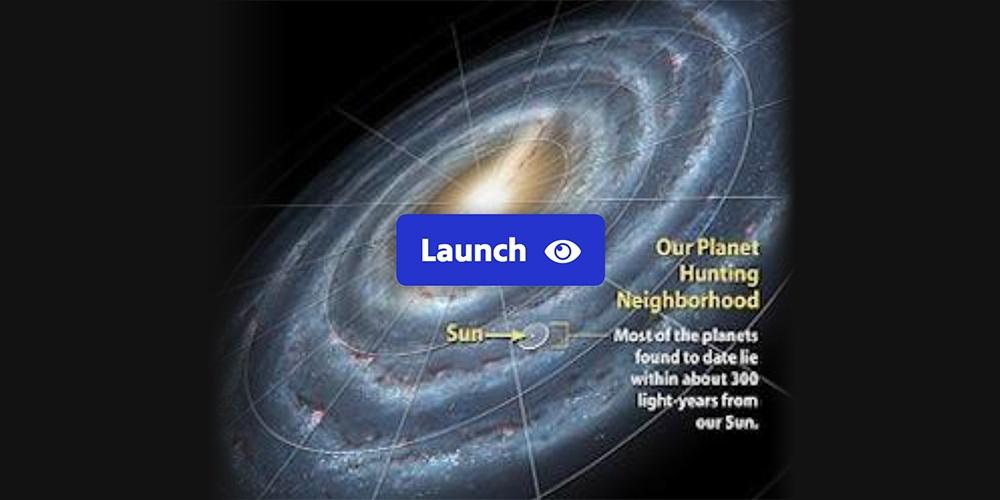
Is There Life in Space?
You will discover how scientists find planets & other astronomical bodies through the wobble (known as Doppler spectroscopy or radial-velocity) and transit methods. (Grades: 9-
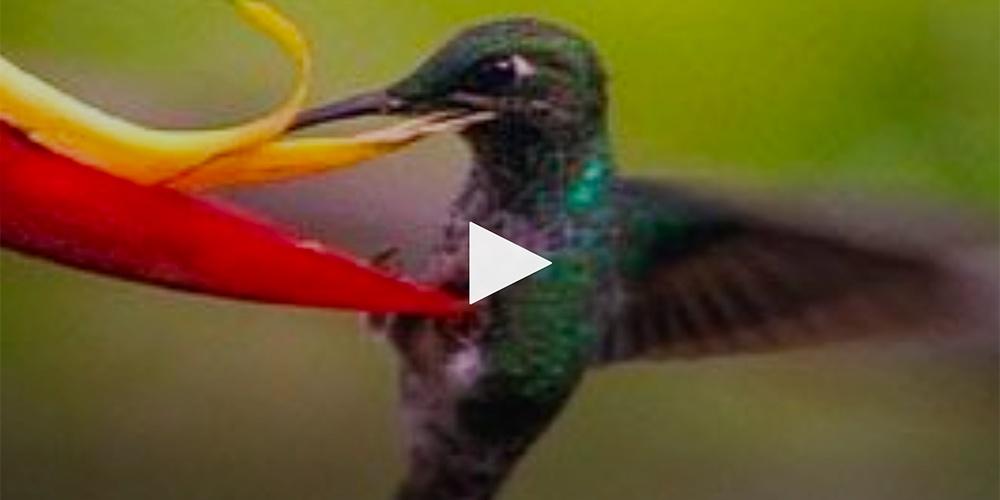
How Does Evolution Really Work?
Visit Ecuador to examine the research of Chris Schneider, a modern-day Darwin, in this video from Evolution. (Grades: 9-12
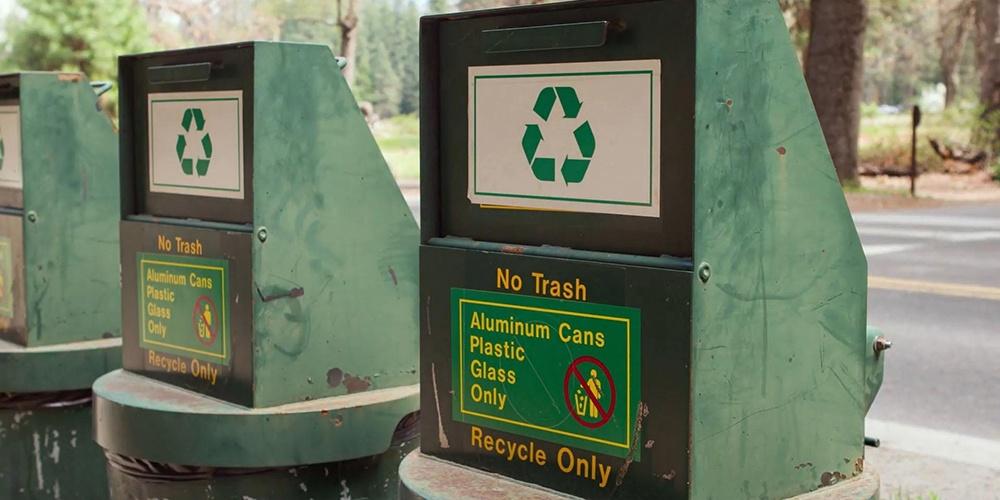
Talking Trash — American Wasteland
Recycling Across America has a simple plan: to get everyone on the country on the same recycled page so we understand it and can do it better! (Grades: 6-12)

Cracking Your Genetic Code
Students examine technologies that help scientists better understand and manipulate the human genome—the complete set of genes that all of us possess. (Grades: 9-12)

Gross Science | See Microbes with This DIY Phone Microscope
Learn how to see microbes with your phone, in this episode of Gross Science from NOVA. (Grades: 6-12)

The Energy Lab Interactive
In the research challenge, investigate what energy is, how it can be converted into useful forms, and why some sources are running low. (Grades: 6-12)

Deciding Your City's Energy Future
Students learn about fossil fuels and renewable energy sources to help them decide which type of energy should be used to power a city’s electric grid. (Grades: 9-12)
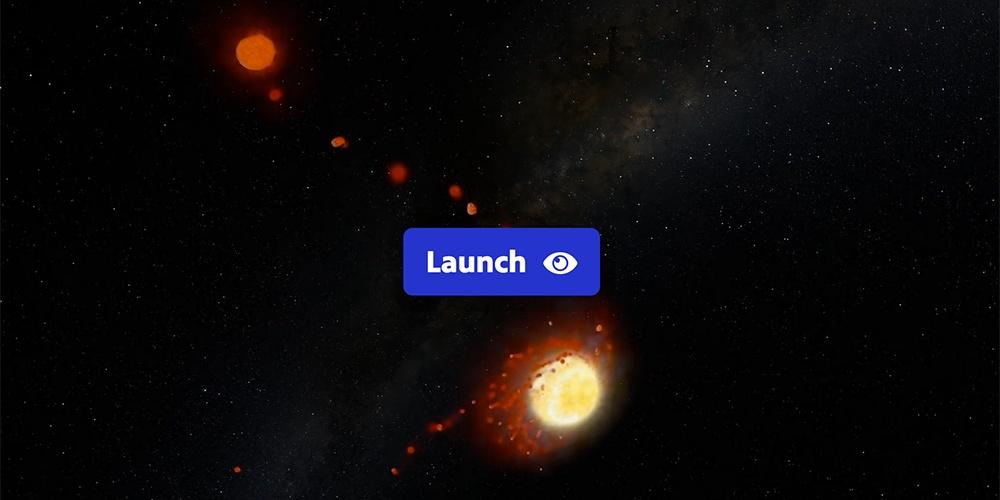
Moon Formation and Earth — Interactive Lesson
Students learn about the giant impact hypothesis for the Moon’s formation and how the Apollo Moon rocks have contributed to scientists’ understanding about the Moon. (Grades: 9-12)
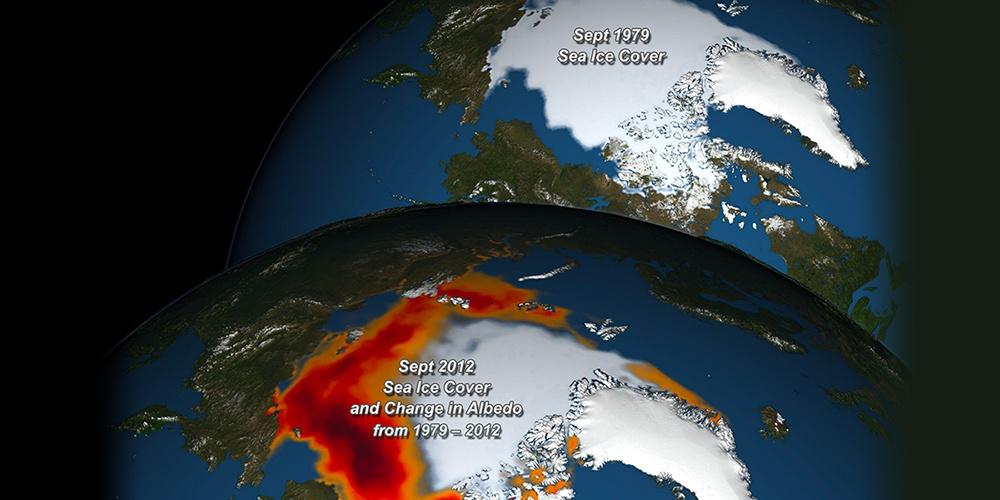
Albedo Decrease Linked to Vanishing Arctic Sea Ice
This visualization from NASA shows the correlation between a decline in Arctic sea ice and the resulting decrease in planetary albedo over the past few decades. (Grades: 9-12)
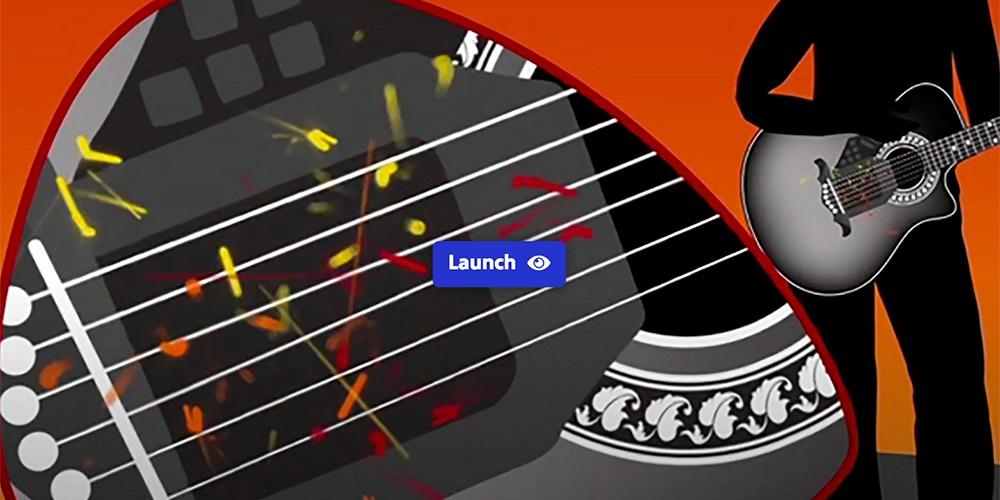
Sound Waves
Learn about sound waves, which move vibrations from one place to another through liquids, gases and solids, with this interactive lesson. (Grades: 6-12)
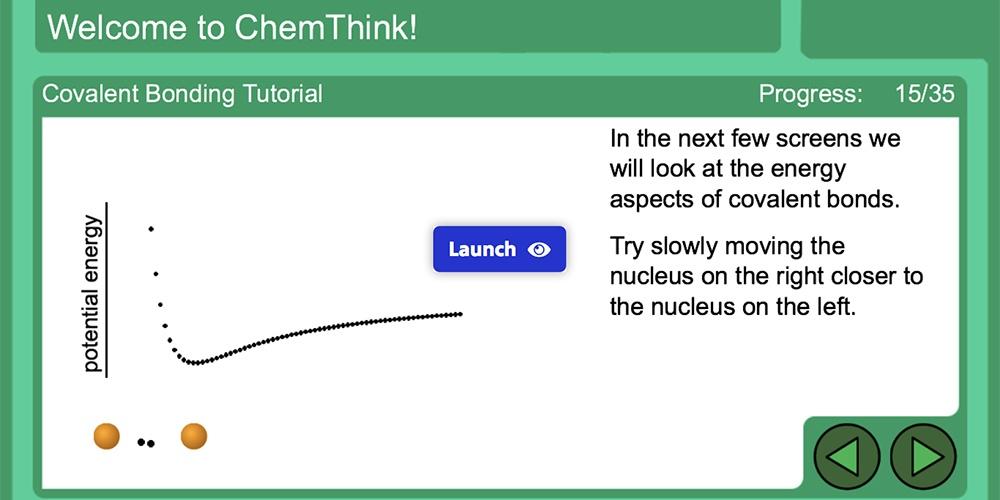
Covalent Bonding
This interactive activity describes covalent bonding—a type of chemical bond that involves the sharing of electrons. (Grades: 9-12)

The Fate of Carbon
Examine the importance of carbon & learn about two Earth systems, the solubility pump & the biological pump, which cycle carbon from the atmosphere into the oceans. (Grades

How to See Time Travel
Build your own cloud chamber particle detector and test relativity at home! (Grades: 6-12)
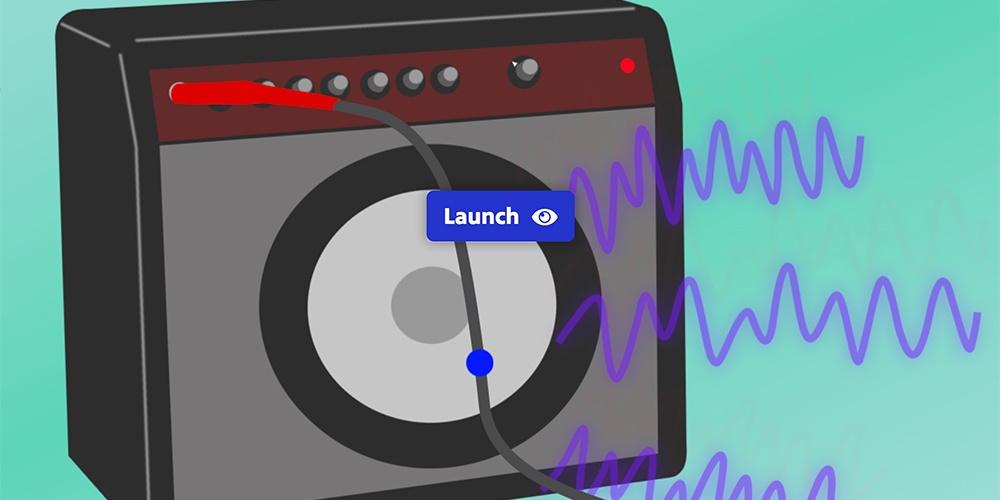
Mechanical Waves
Learn about mechanical waves, which transfers energy from one place to another through liquids, gases and solids, with this interactive lesson. (Grades: 6-12)
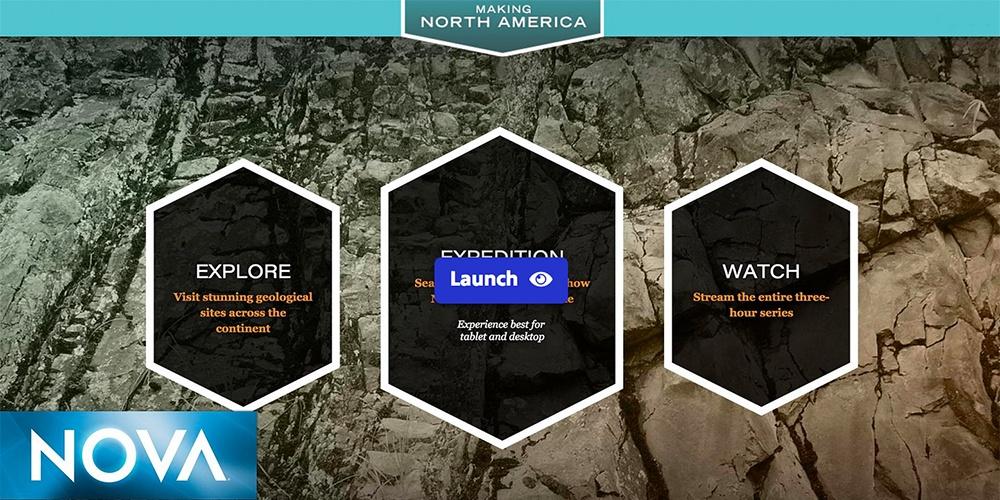
Making North America | Interactive Map
Discover how North America took its shape by visiting geological sites, searching for clues in the landscape, and viewing episodes from Making North America. (Grades: 6-12)
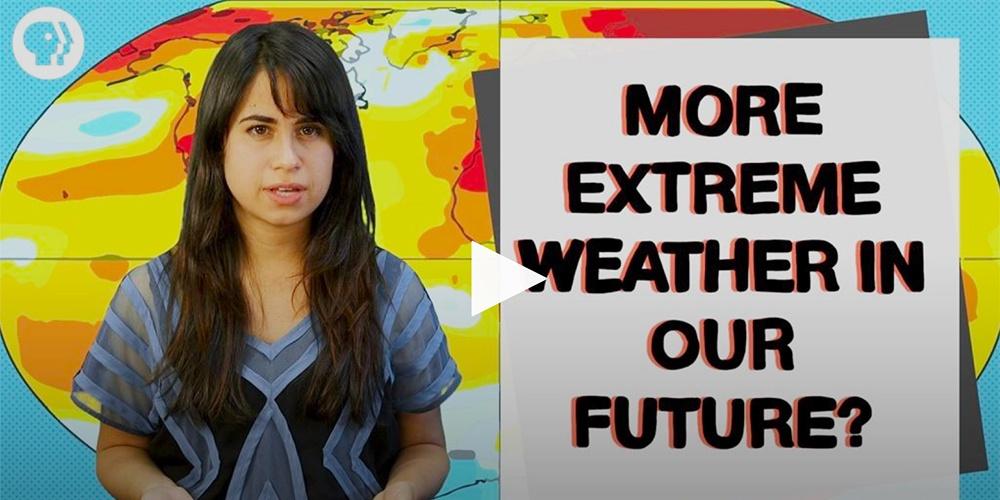
Does Climate Change Cause Extreme Weather? | Above the Noise
Fluctuations in weather happen all the time. But sometimes, those fluctuations can get extreme. What role does climate change play in extreme weather? (Grades: 6-12)
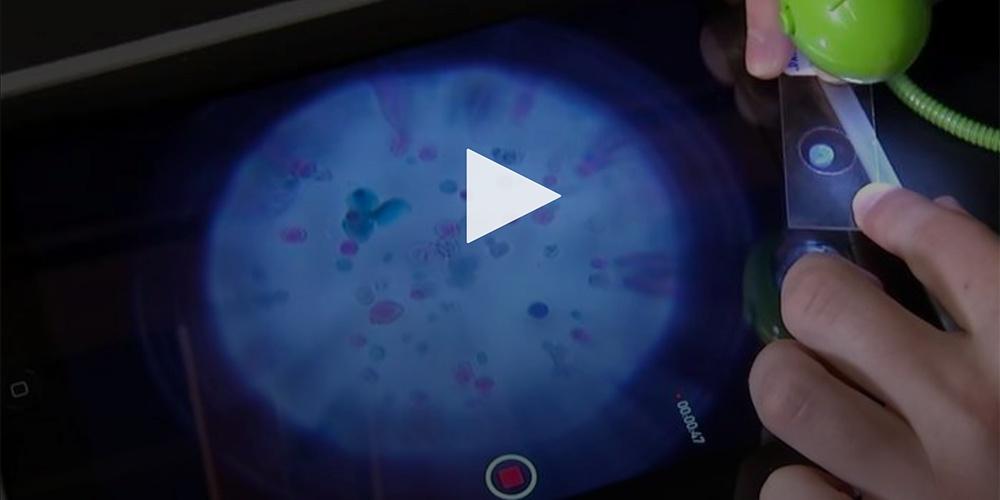
Turn Your Smartphone into a Science Lab
In this video from Inside Science, see how researchers at the University of Washington turn your smartphone into a microscope. (Grades: 6-12)
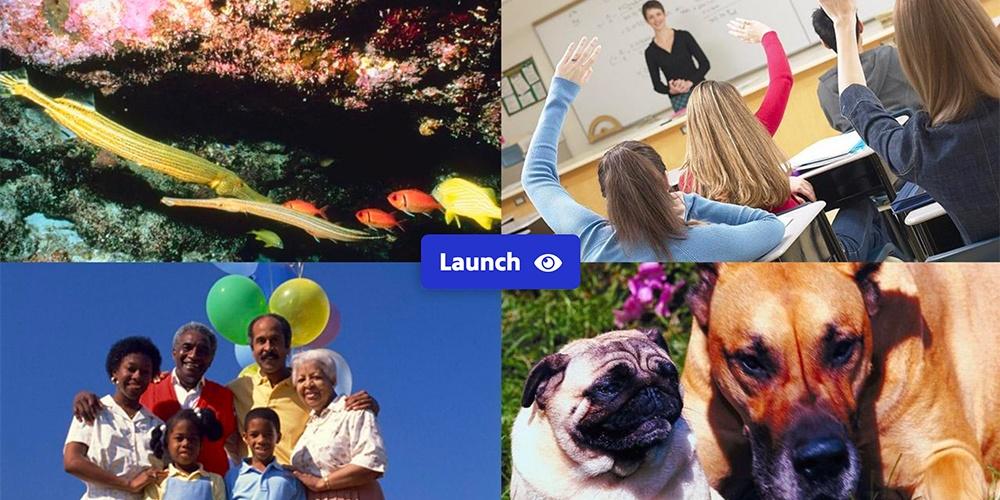
Understanding Dynamic Systems
This self-paced interactive lesson guides students through the process of identifying and analyzing a system. (Grades: 9-12)
Social Studies
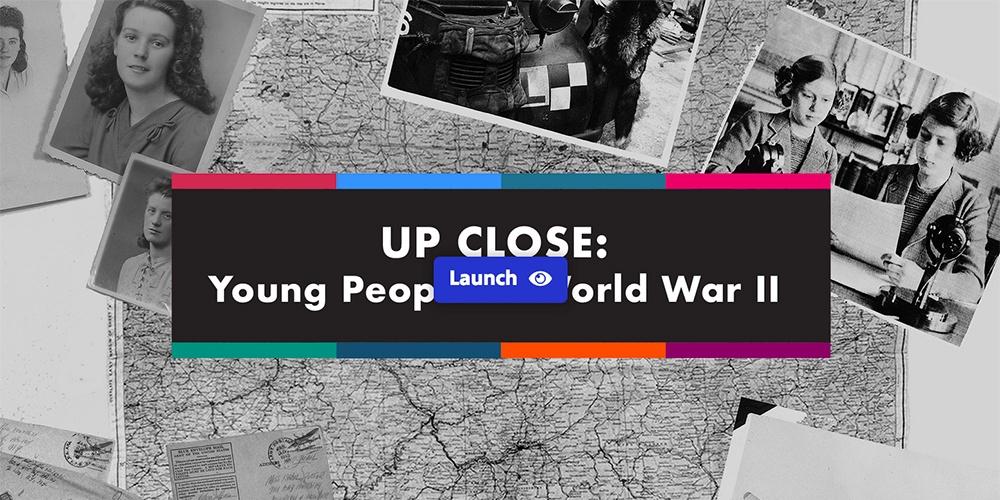
Up Close: Young People in World War II | Youth in WWII
Discover how World War II affected the lives of young people, at home and on the battlefield, in Europe and America, through this unique interactive experience. (Grades: 8-12)
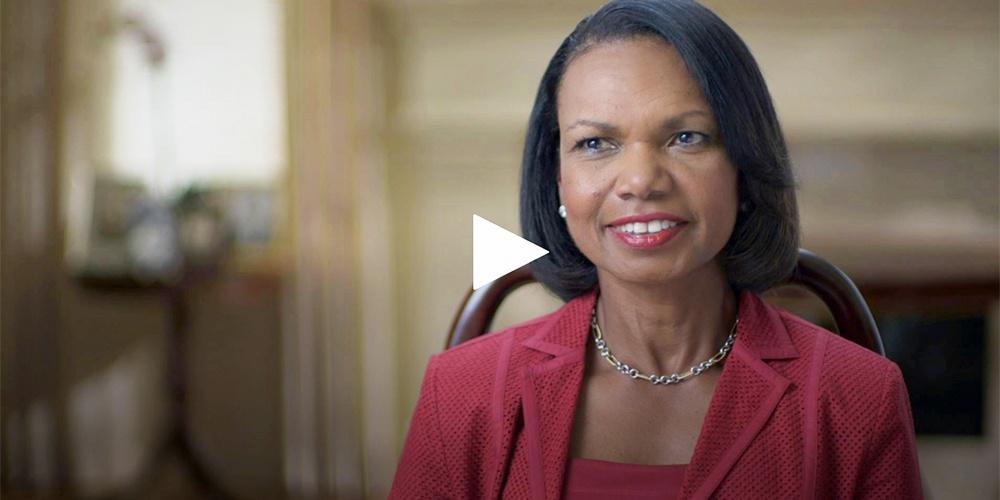
American Creed: Condoleezza Rice’s Family Matters
Former Secretary of State Condoleezza Rice and the Pulitzer Prize-winning historian David M. Kennedy come together to ask: what ideals do we share in common? (Grades: 6-12)
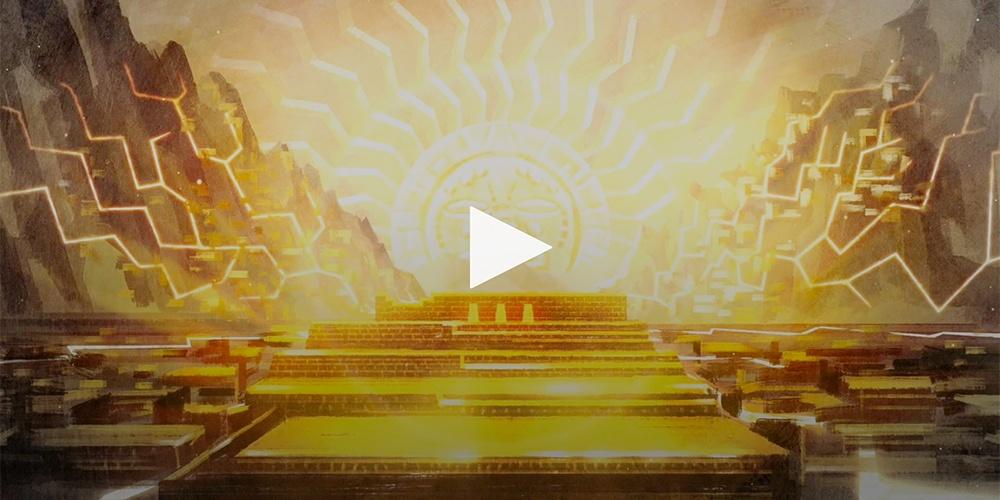
The Inca's Sacred City of Cuzco
At its height, the Inca ruled an Empire of 12 million people. The video describes a ceremonial network that allowed the Incan government to monitor its vast expanse. (Grades: 6-12)
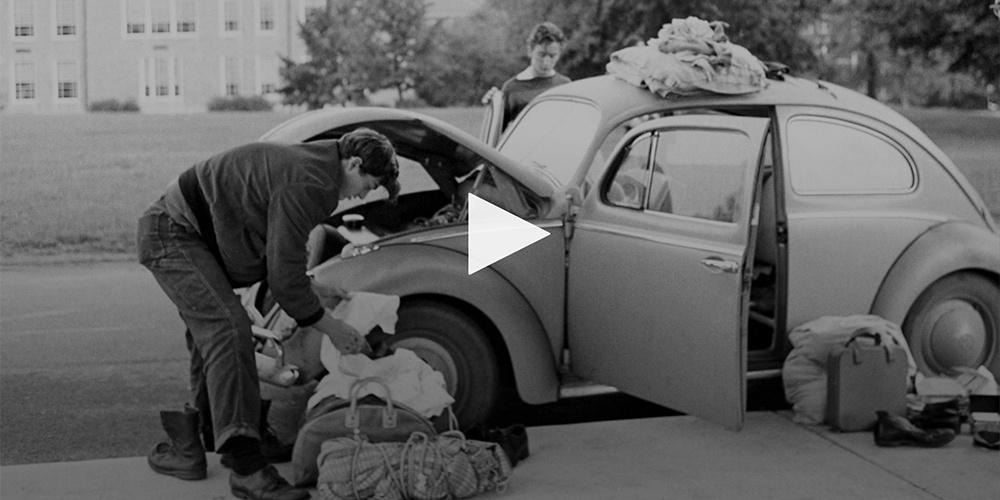
What was "Freedom Summer"?
This video introduces the events of 1964, when over 700 students, black and white, came to Mississippi to help black citizens combat forms of discrimination. (Grades: 7-12)
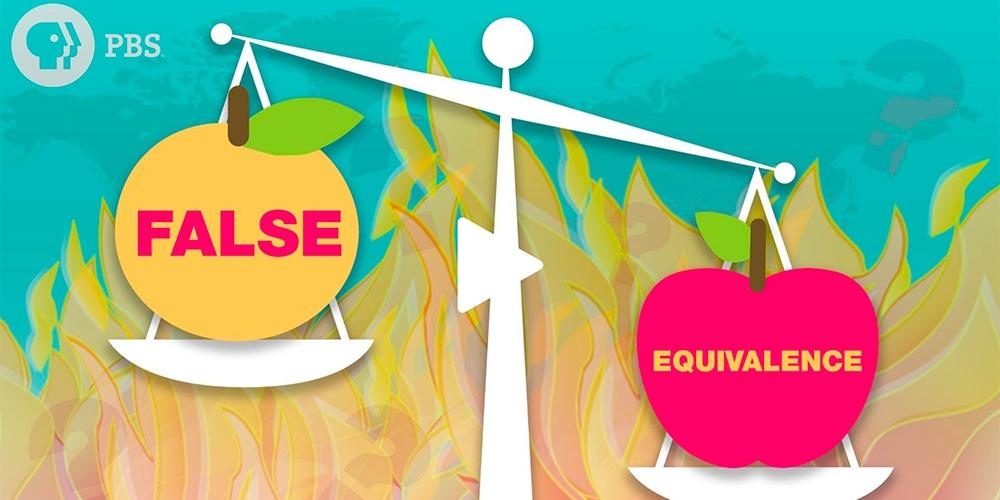
False Equivalence: Why It's So Dangerous
False equivalence: what does it mean, and why is it helping to spread misinformation online? (Grades: 6-12)
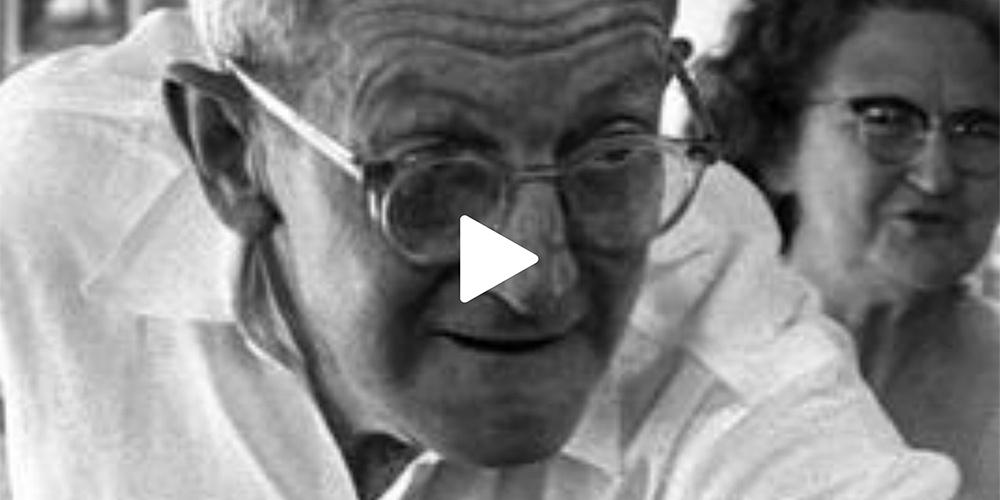
Gideon vs. Wainwright
Clarence Earl Gideon was arrested for a crime and was not able to afford legal representation. Can a person without economic resources could defend themselves & win? (Grades: 9
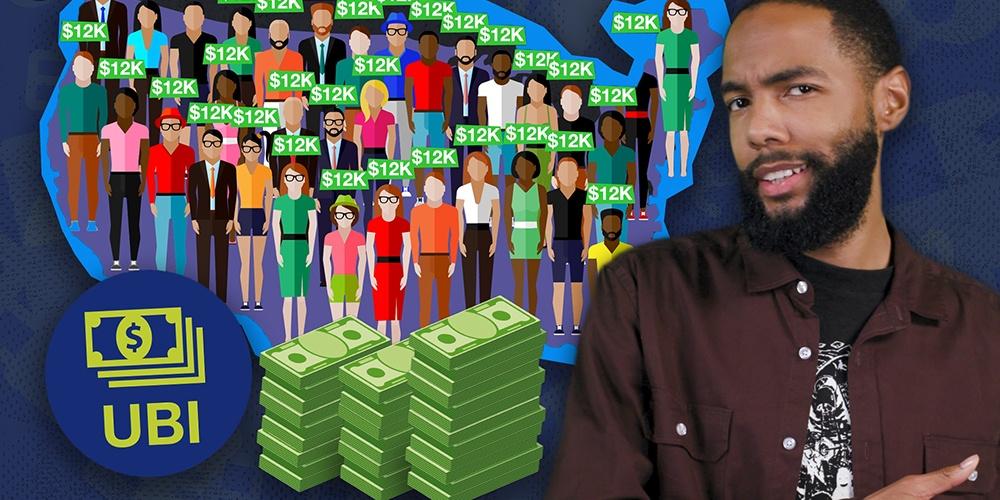
Should We Get Free Money from the Government?
When the robots come to take our jobs, what are we going to do to keep a roof over our heads? That’s the question the universal basic income (UBI) hopes to answer. (Grades: 6-12)
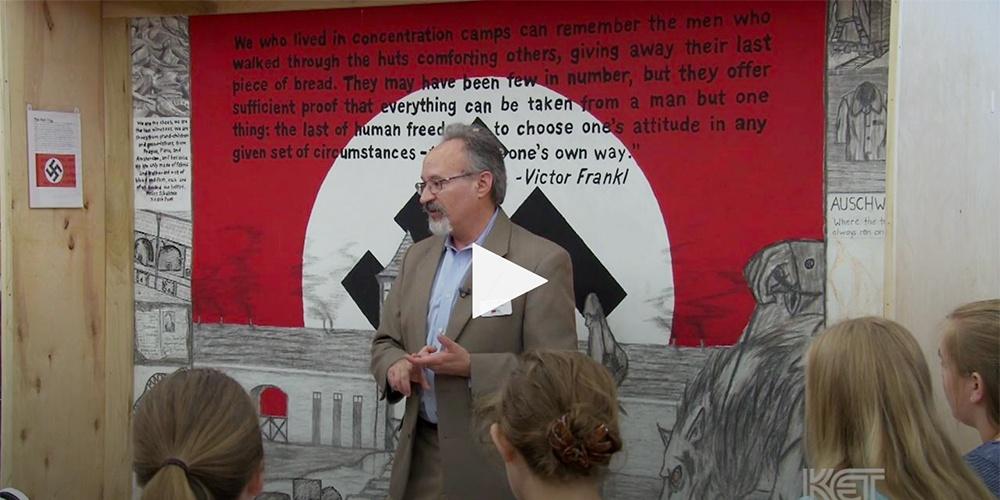
Auschwitz | Murals of the Holocaust
Jamner tells the story of how his mother and her family were discovered in hiding and sent to Auschwitz. (Grades: 6-12)

March 12, 2020 - News Quiz
This episode features stories about the 2020 presidential primaries, NASA's new Perseverance rover, a COVID-19 update, artificial intelligence and more. (Grades: 4-12)
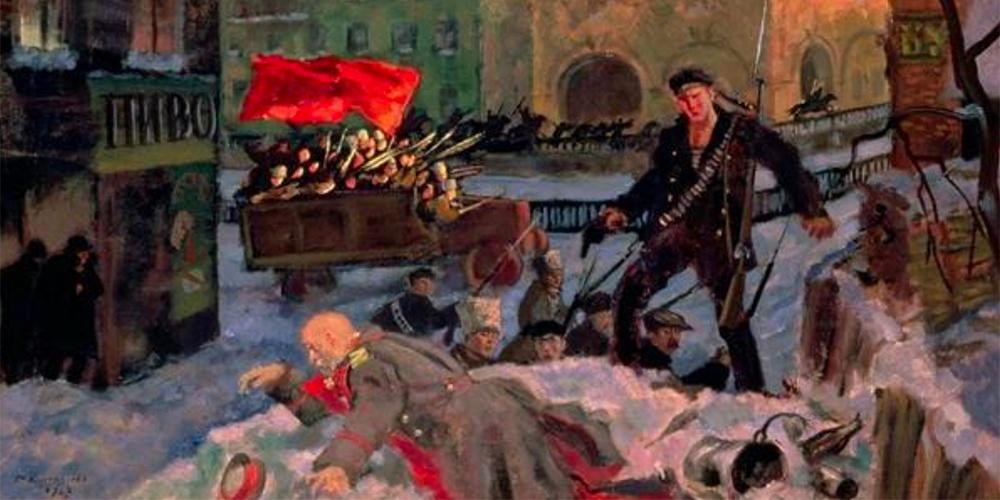
The Bolshevik Revolution - Lasting Effects
The images in this media gallery depict the transformations that occurred in Russia between 1914 and 1920. (Grades: 6-12)
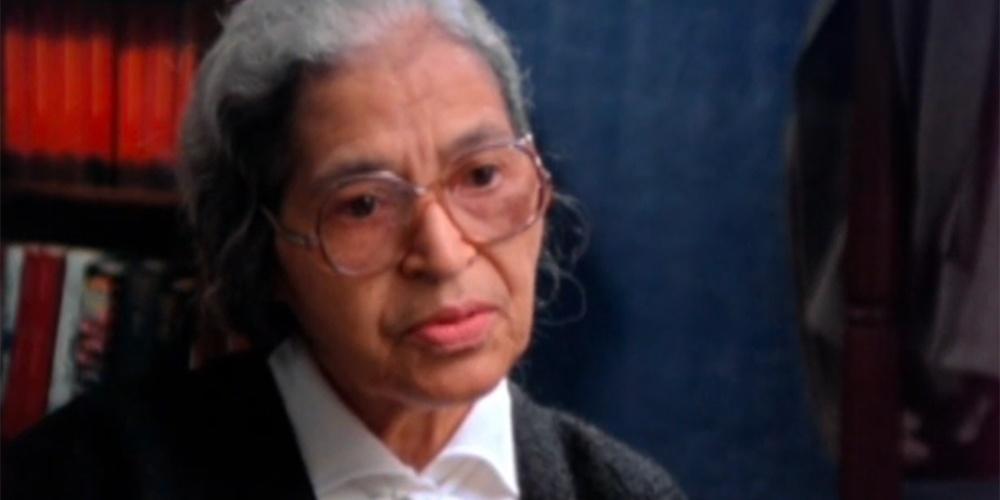
Rosa Parks
This interview with civil rights activist Rosa Parks describes her role in the Montgomery Bus Boycott. (Grades: 3-12)
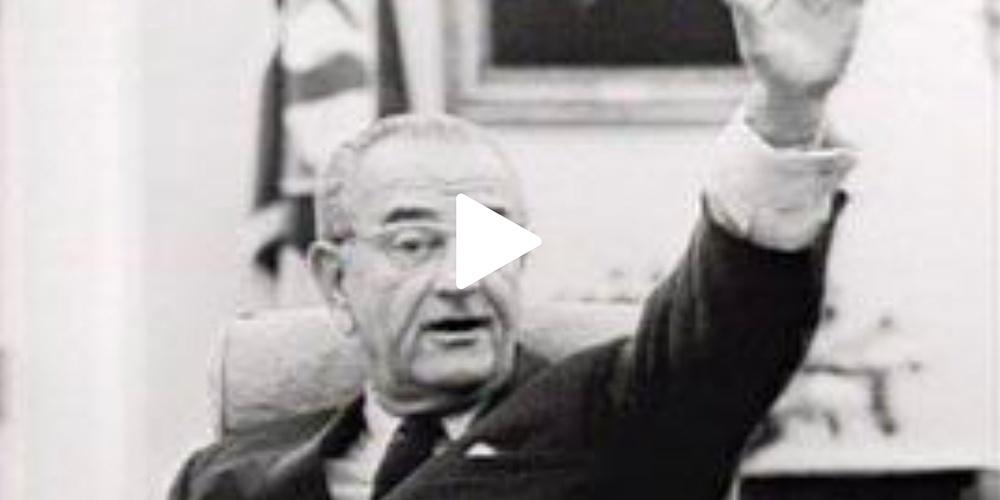
LBJ and The Great Society
Through newsreel footage, photos and interviews, this segment surveys the civil rights & social welfare legislation that President Lyndon Johnson championed. (Grades: 9-12)

George Washington | 60 Second Presidents
As far as Presidents go, none set more precedents than George Washington. Take a quick look back at the legacy of our very first leader. (Grades 4-12)
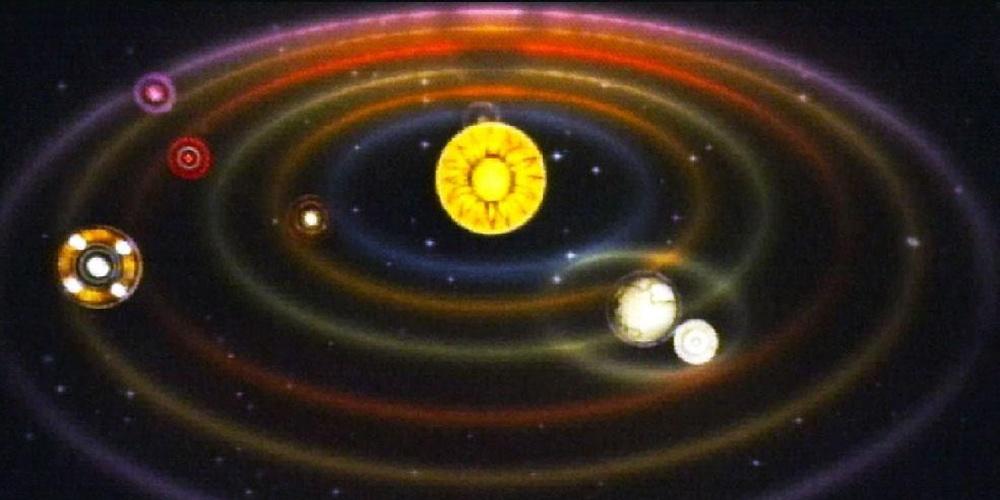
Galileo: Sun-Centered Universe
In this video segment adapted from NOVA, learn about the two opposing worldviews and the strong piece of evidence Galileo offered to support the heliocentric theory. (Grades: 3-12)
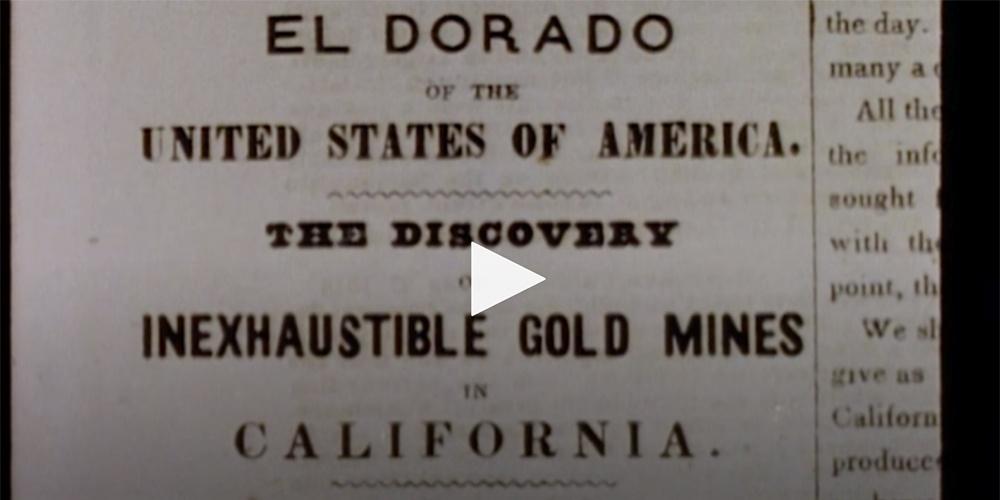
The Gold Rush (Ken Burns—The West)
In this activity, students will learn about the environmental and social changes brought about by the Gold Rush. (Grades: 6-12)
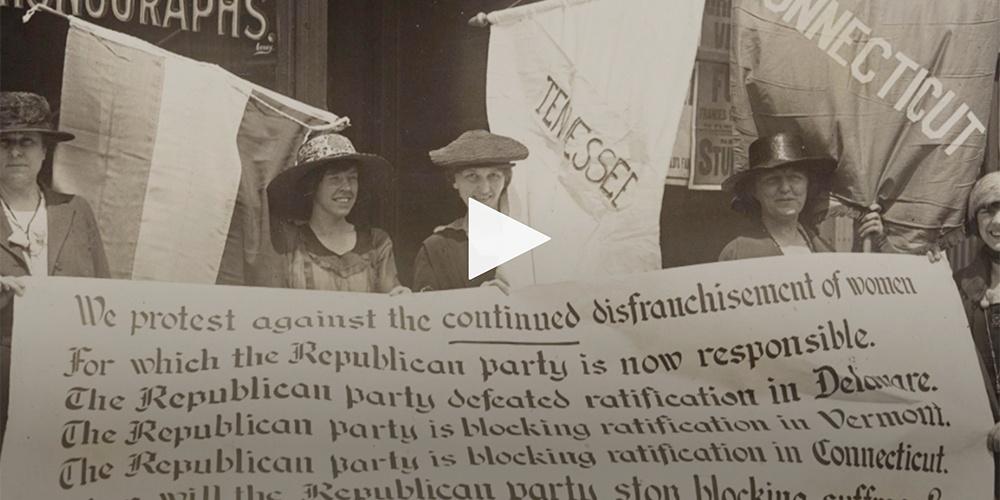
Suffrage - Soldier and Citizen
This excerpt from the full length documentary Soldier & Citizen gives a brief historical overview of the woman suffrage movement. (Grades: 5-12)
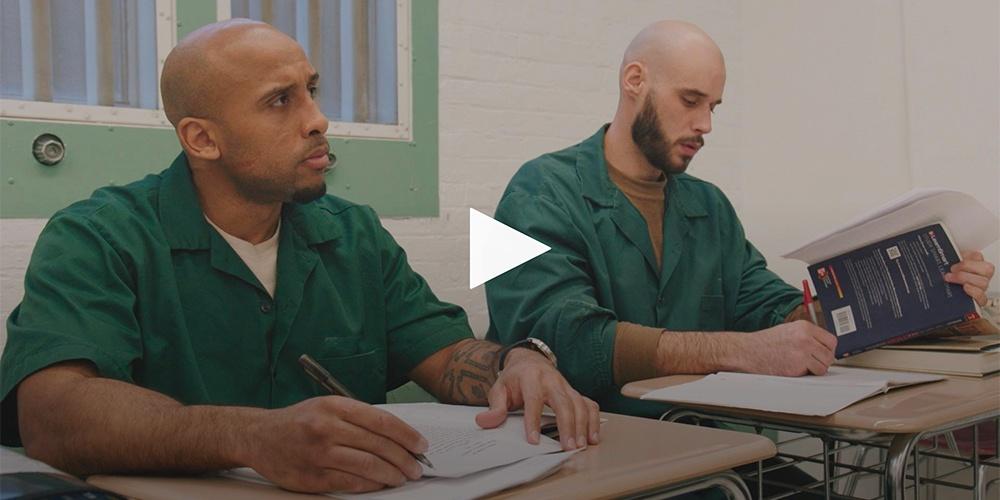
The Politics of College Programs in US Prisons
Since federal funding for prison education programs was eliminated, BPI is one of a limited number of college degree granting programs available in U.S. prisons. (Grades: 6-12)

Red Scare Crackdown — The Bombing of Wall Street
Learn how the U.S. government cracked down on terrorism threats and left-wing activism in America during the “Red Scare” of 1919–1920. (Grades: 9-12)

Free Speech vs. Hate Speech
College campuses across the United States have found themselves at the center of a raging free speech debate. Can college campuses ban speakers? (Grades: 6-12)
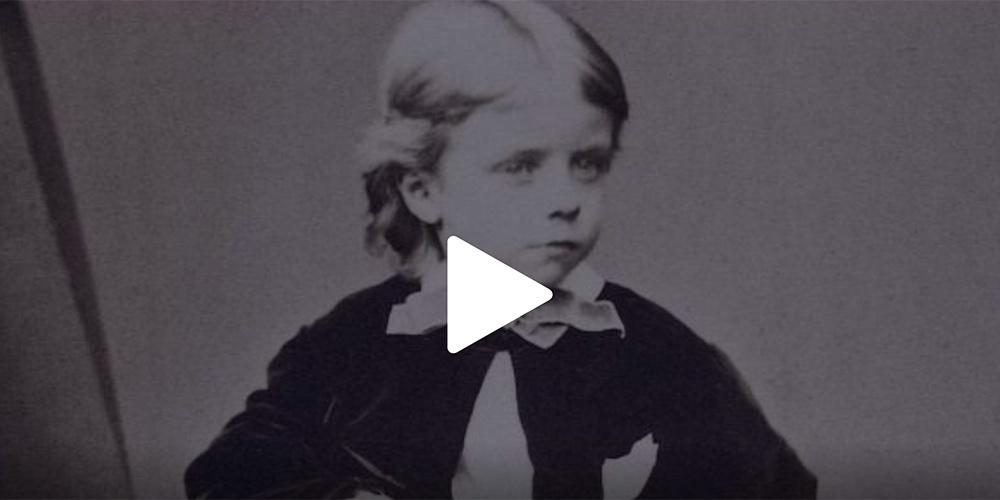
President Theodore Roosevelt - Policy Statesman or Bully?
Evaluate Theodore Roosevelt's legacy in foreign affairs with these selections from Ken Burns' The Roosevelts. (Grades 7-12)
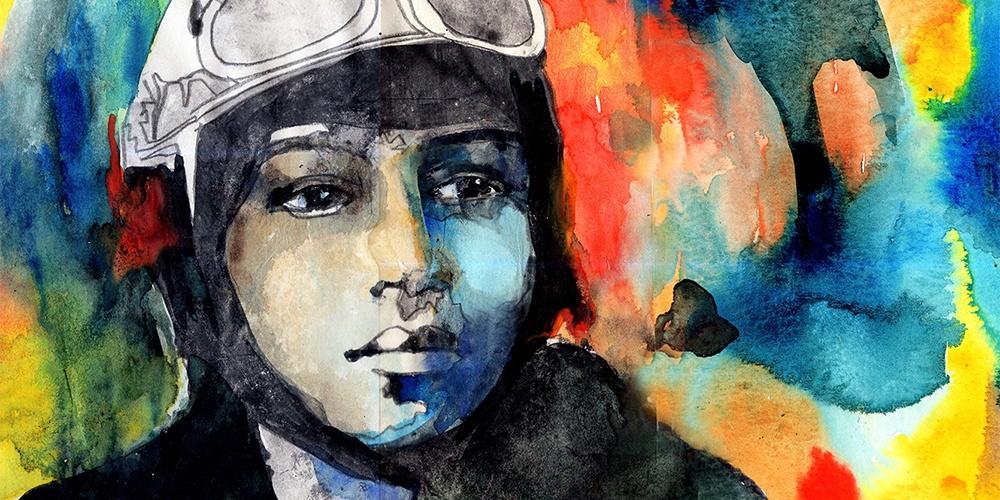
Bessie Coleman — Unladylike 2020
Explore how Bessie Coleman became the first female black pilot and the first African American to hold an international license to fly in this digital short from Unladylike2020. (Grades: 7-12)
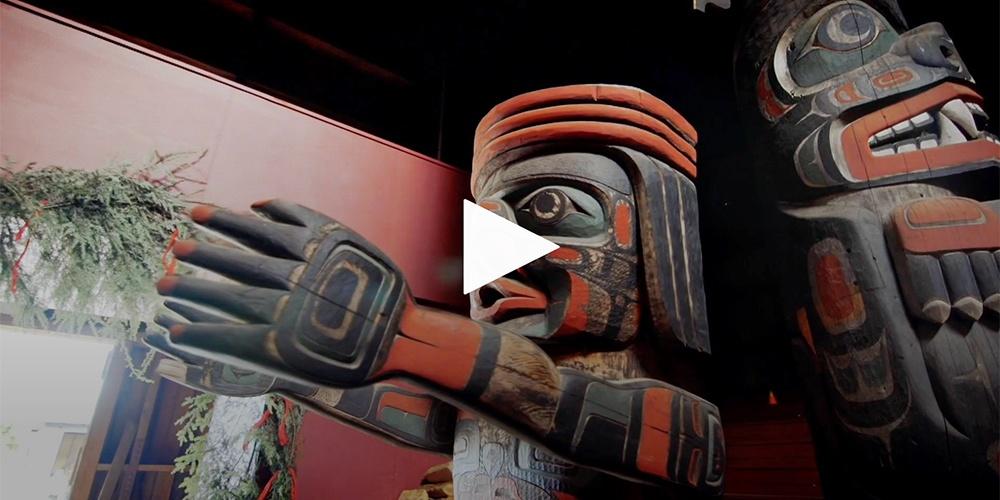
Cedar Trees & Totem Poles of Pacific Native Americans
Learn about the spiritual relationship between the Native American people of the Pacific Northwest and the cedar tree. (Grades: 6-12)
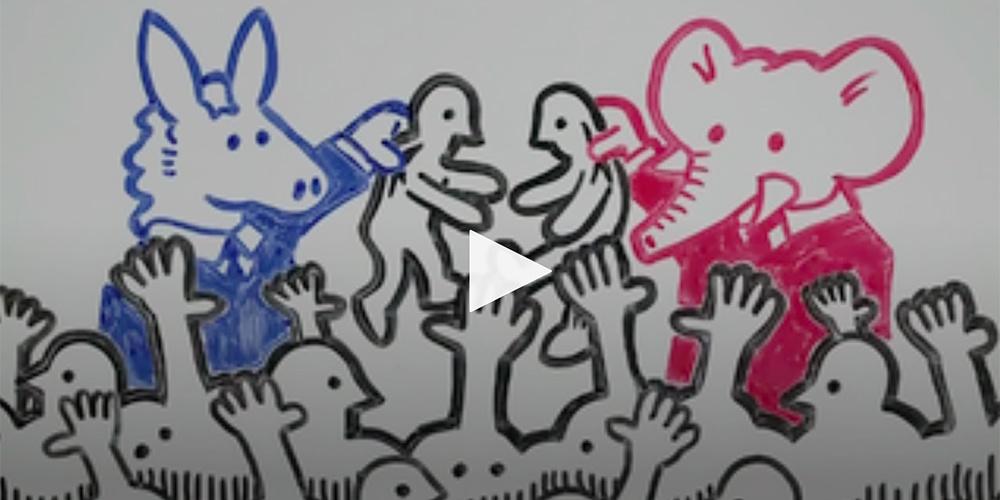
Getting the Nomination
There are a lot of people who want to be president. But when we vote, there's only a few names on the ballot. This video helps to understand the nomination process. (Grades: 6-12)
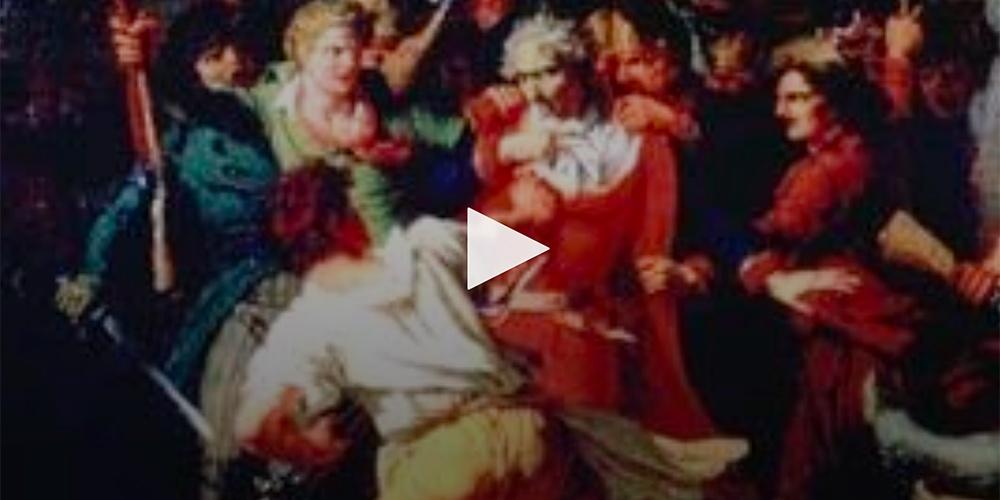
Having a Strong National Government
This video segment from The Supreme Court highlights the partisan battles between the Federalists and Thomas Jefferson, a strong opponent of Federalism. (Grades: 9-12)
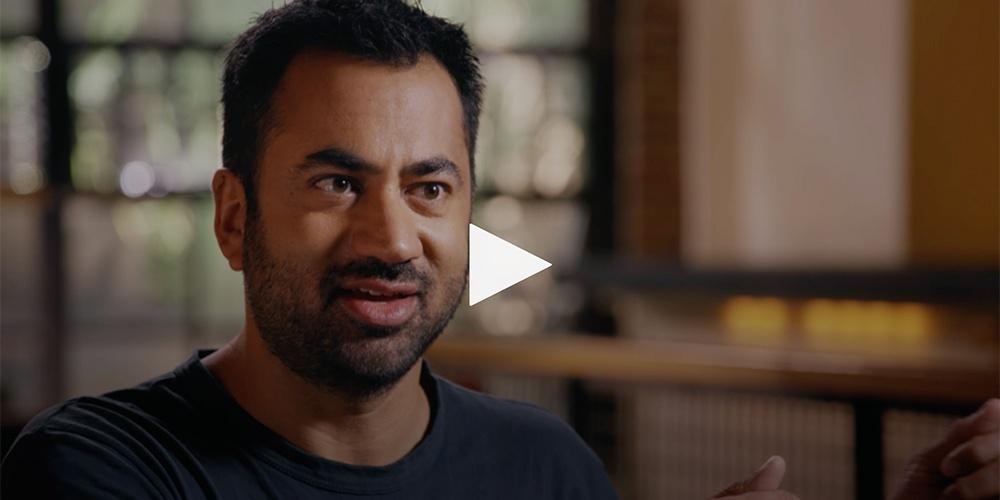
Kal Penn: Gandhi's Salt March
Actor and comedian Kal Penn’s was influenced by his maternal grandfather who marched with Gandhi in the Salt March, a protest against British imperialism. (Grades: 6-12)
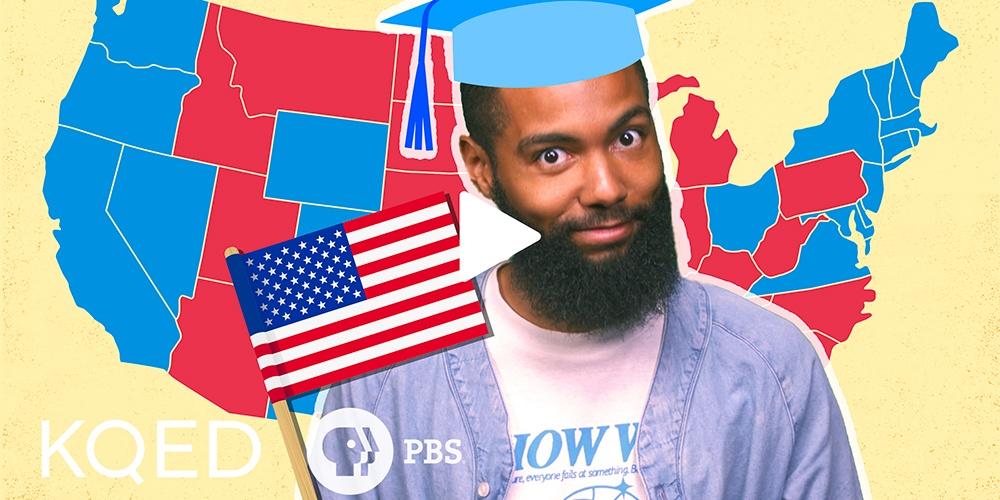
The Electoral College: Why Such a Big Debate?
With a new presidential election coming up, there’s lots of chatter about the value of the electoral college with critics asking is it time to get rid of it? (Grades: 6-12)

Reconstruction: The Black Codes
The end of the Civil War brought about the freedom of four million slaves. The era of Reconstruction that followed sought to remedy the inequities of slavery. (Grades: 7-12)